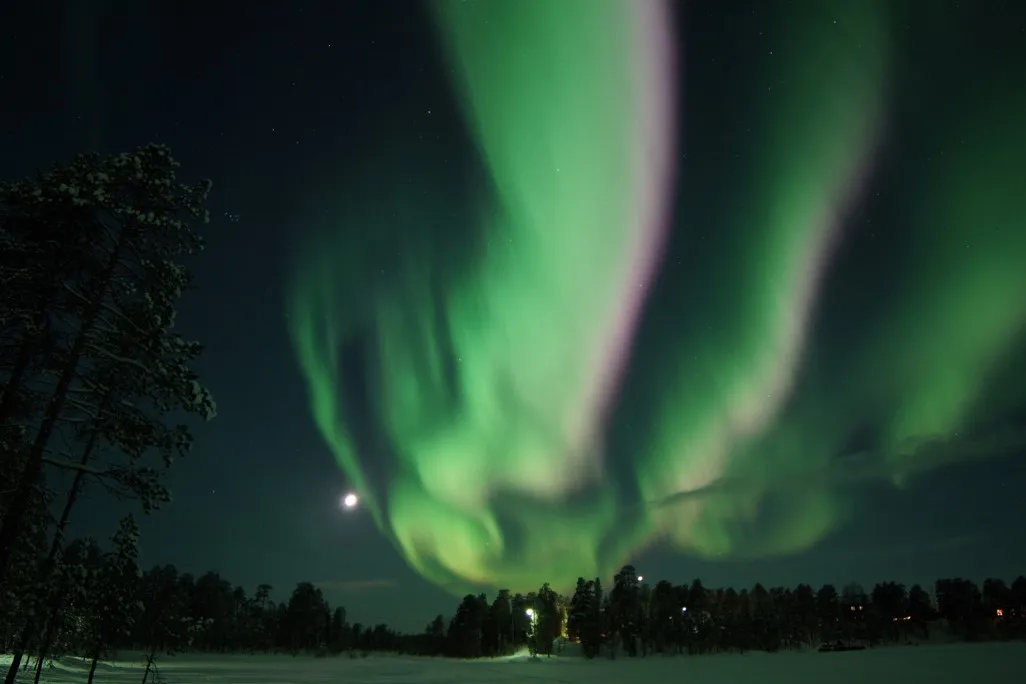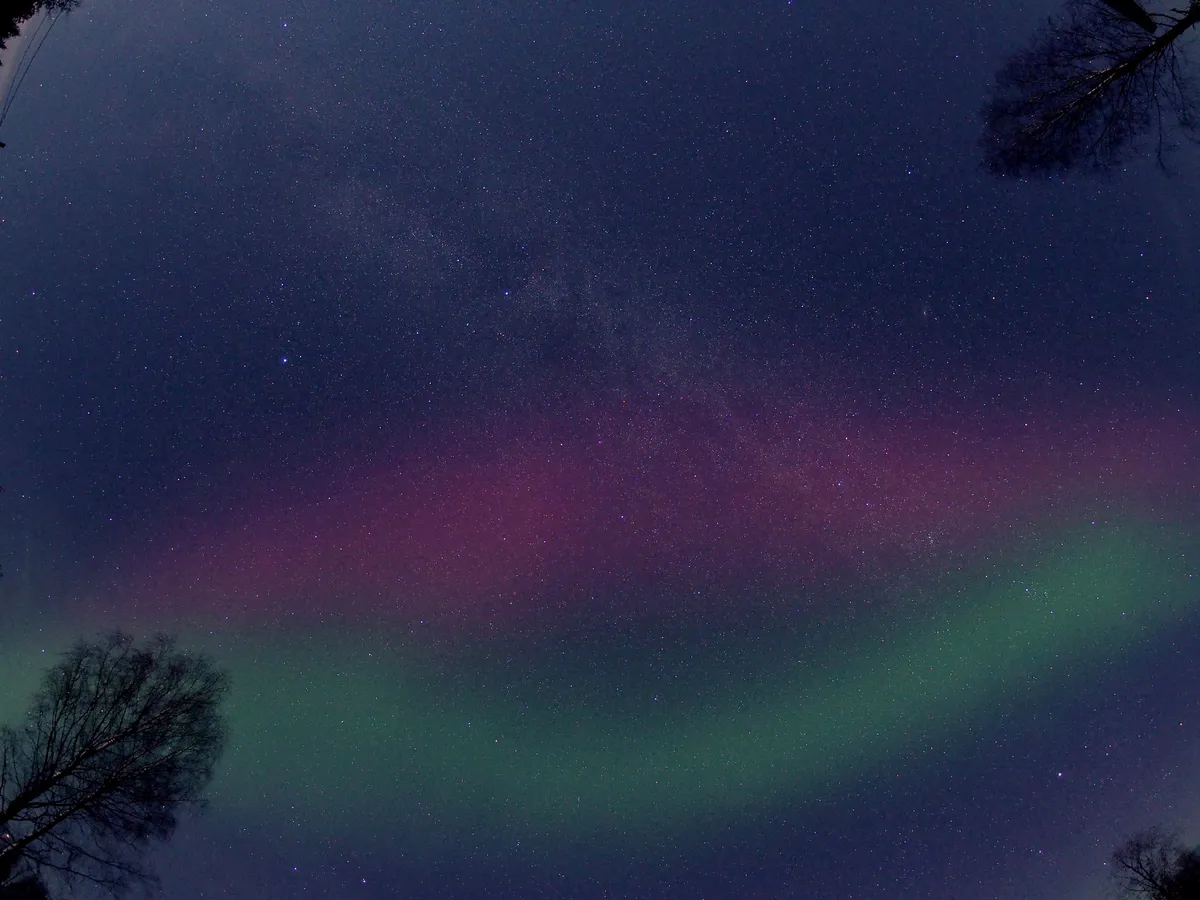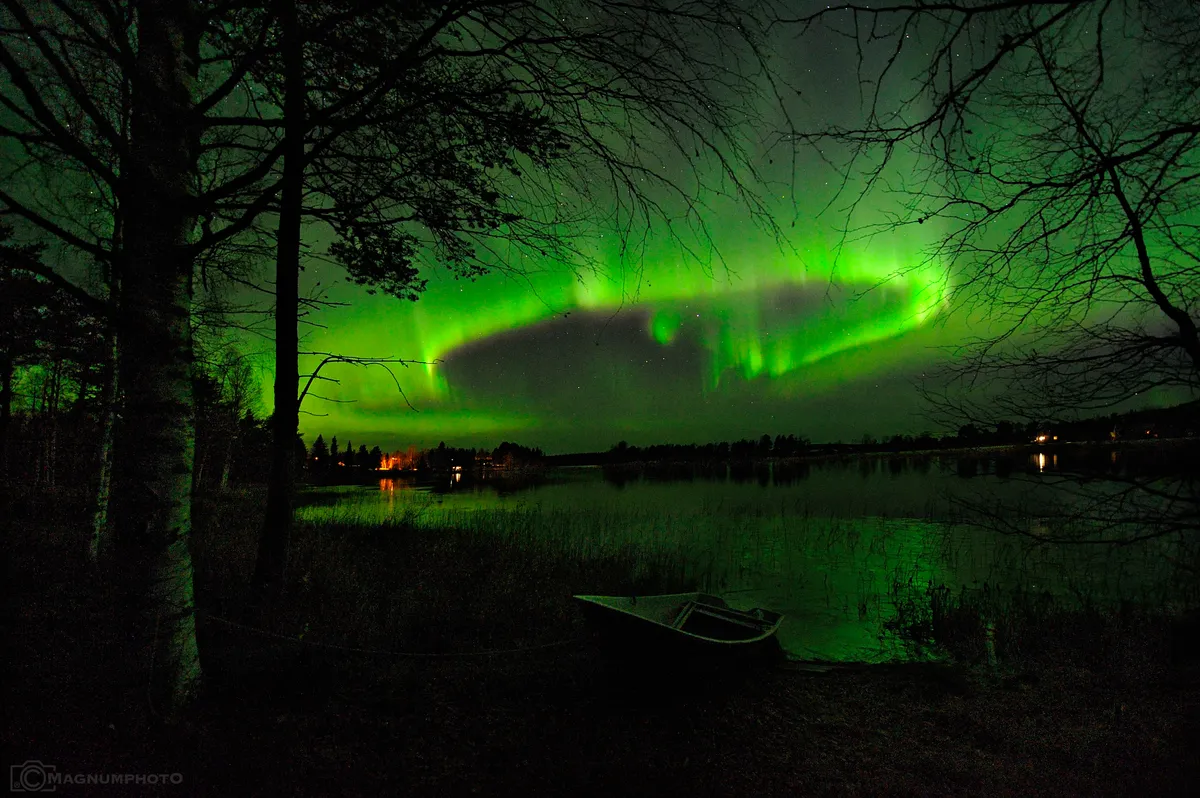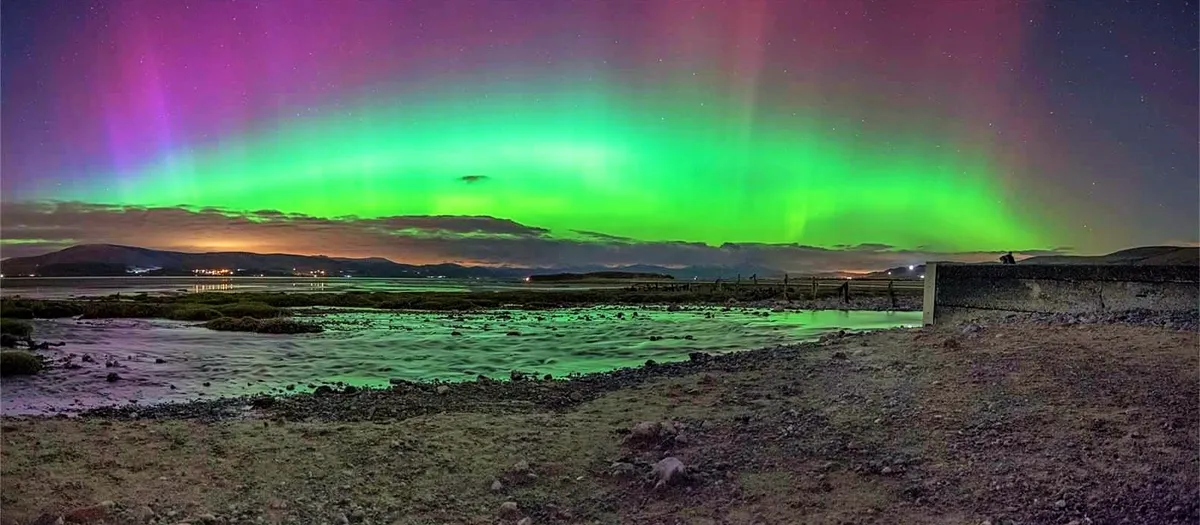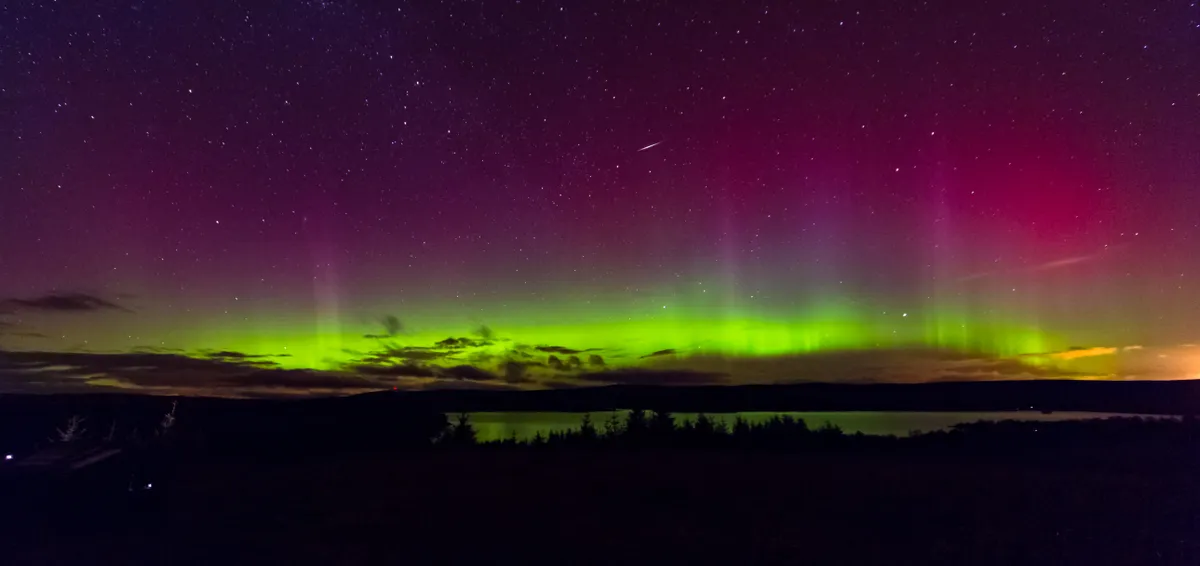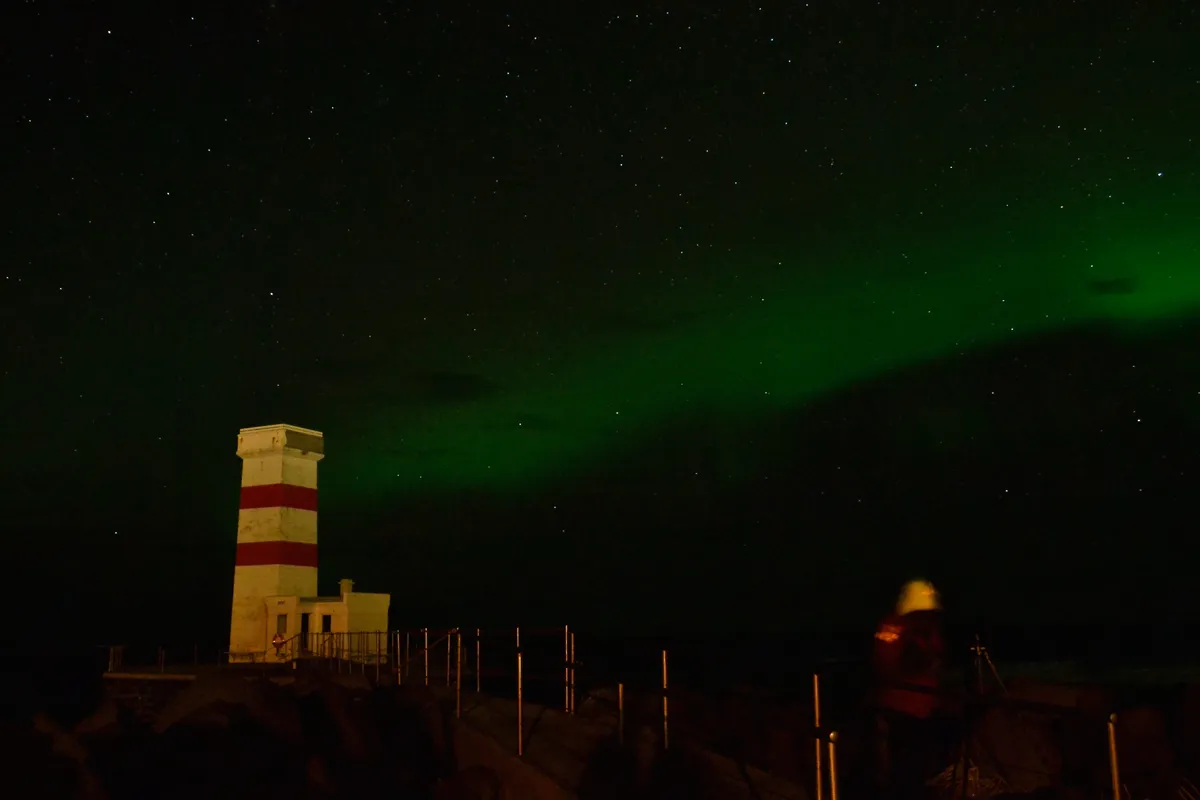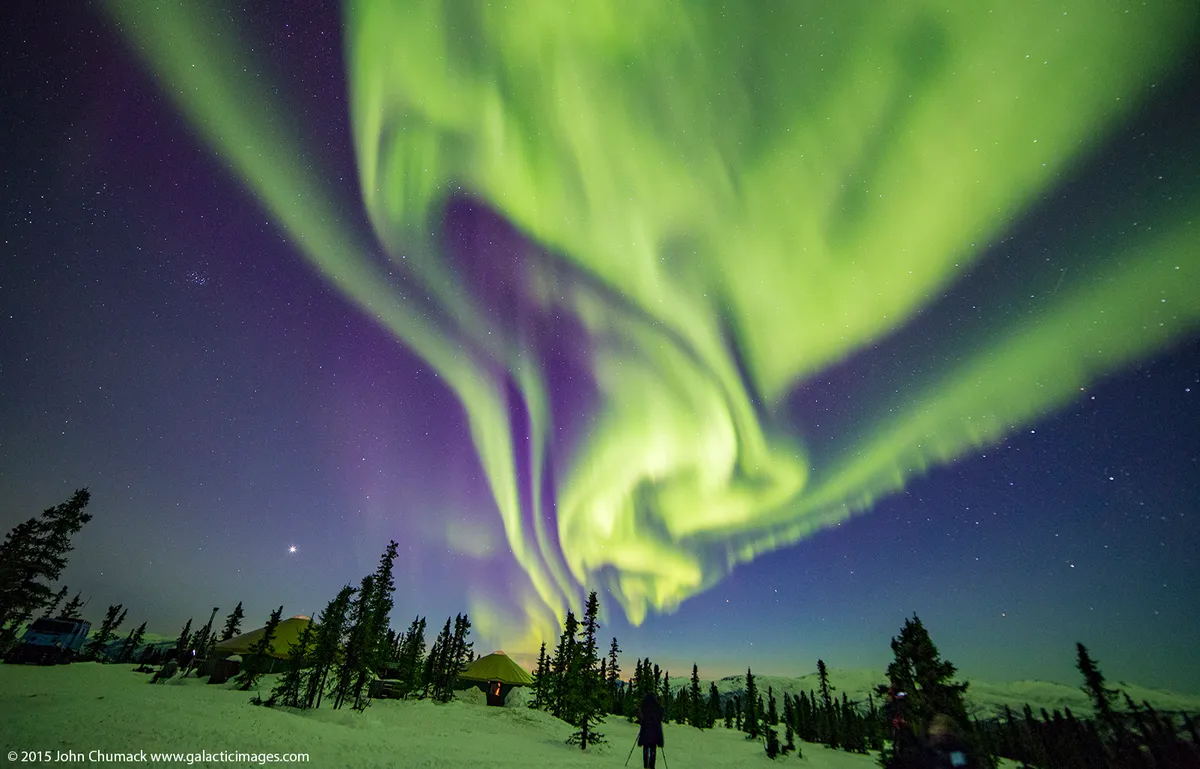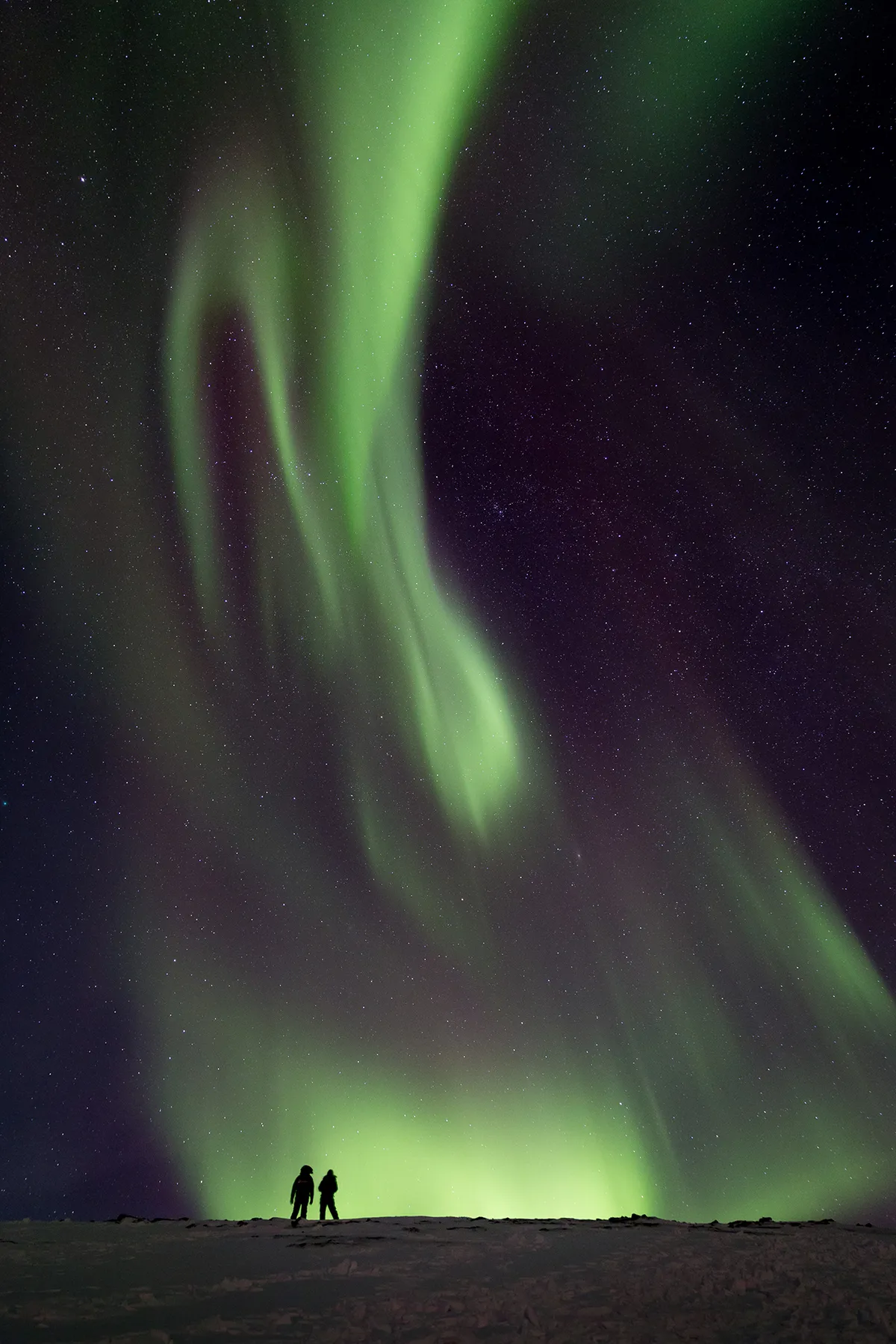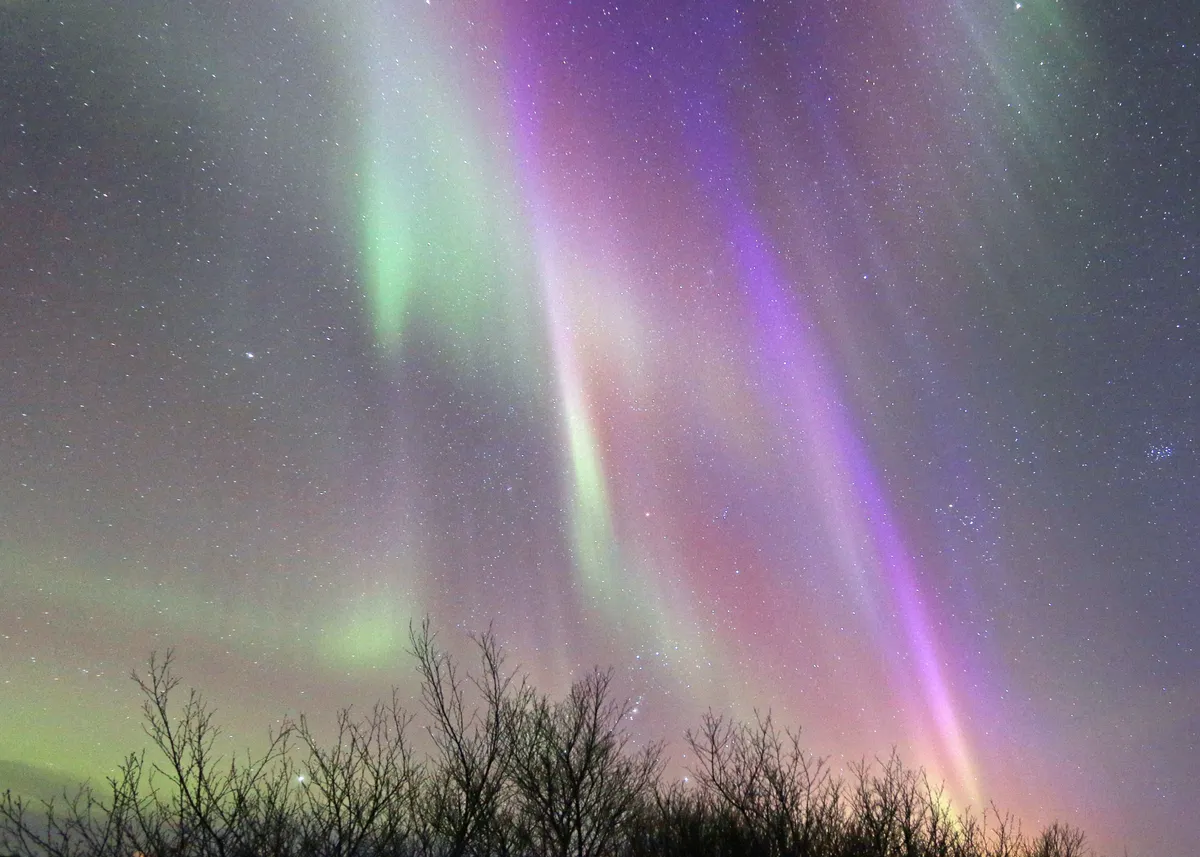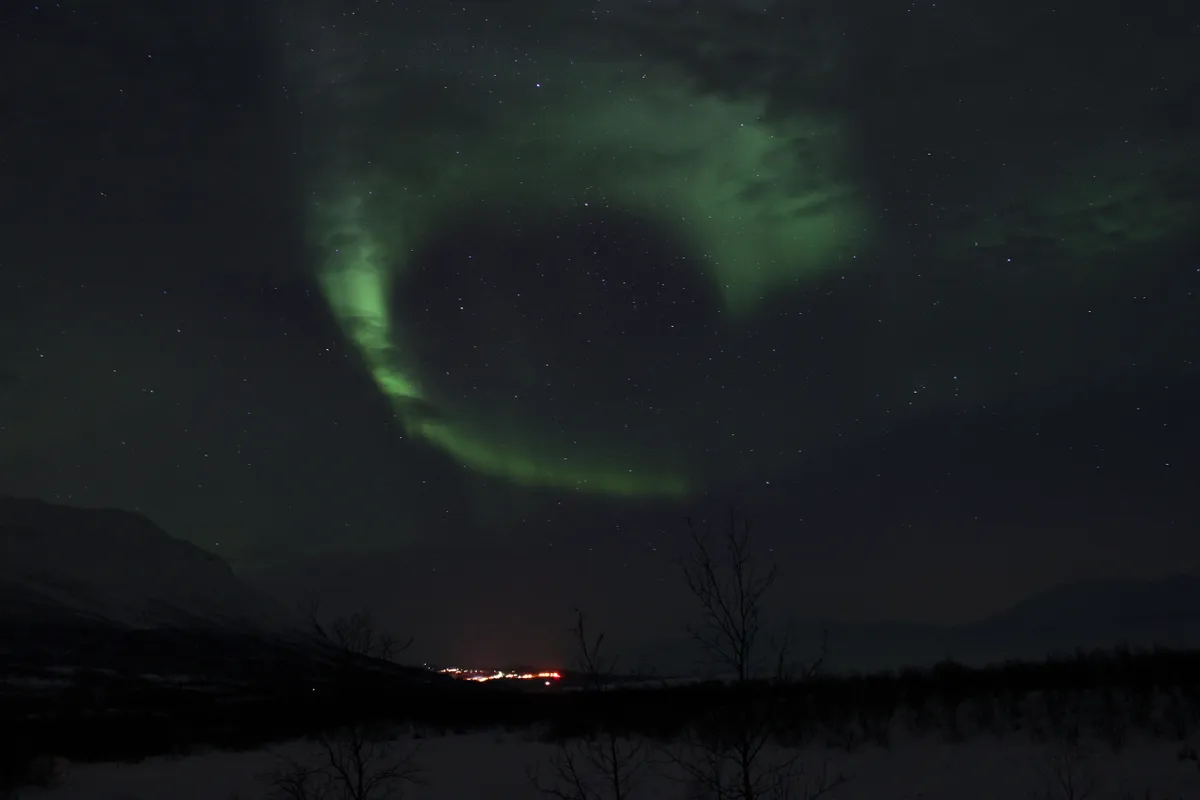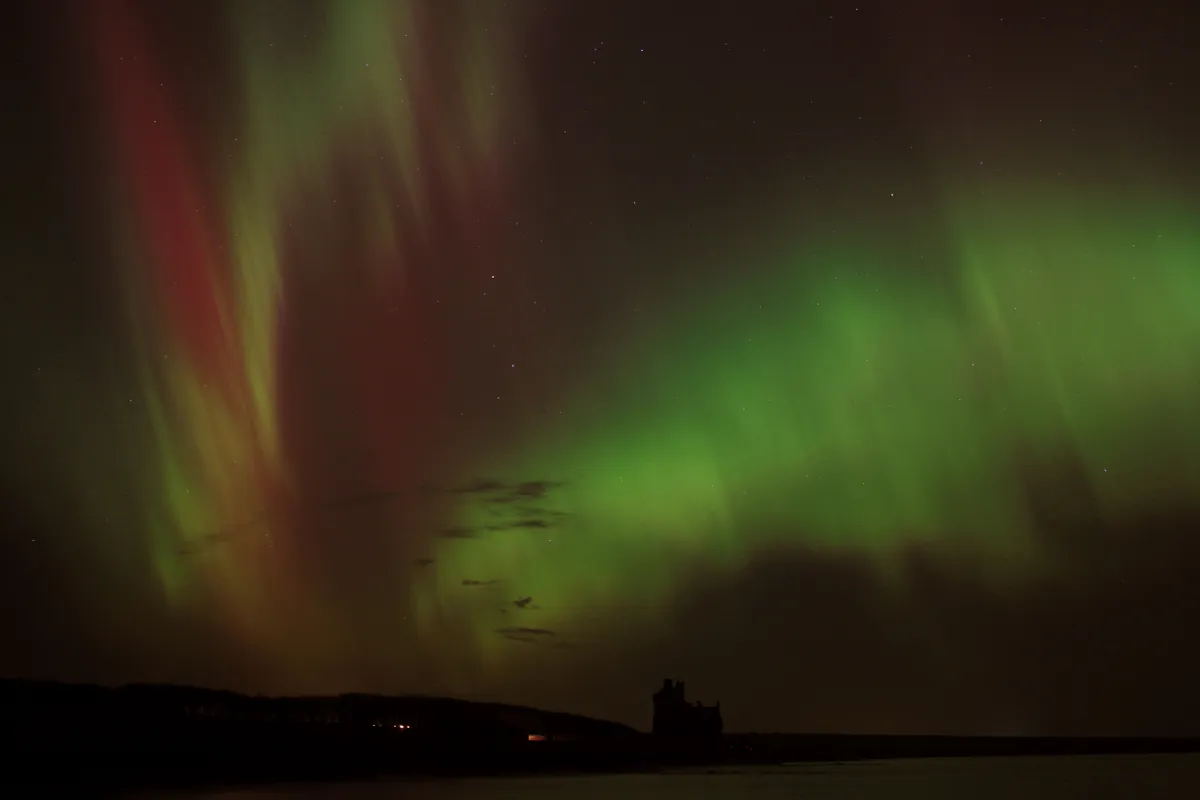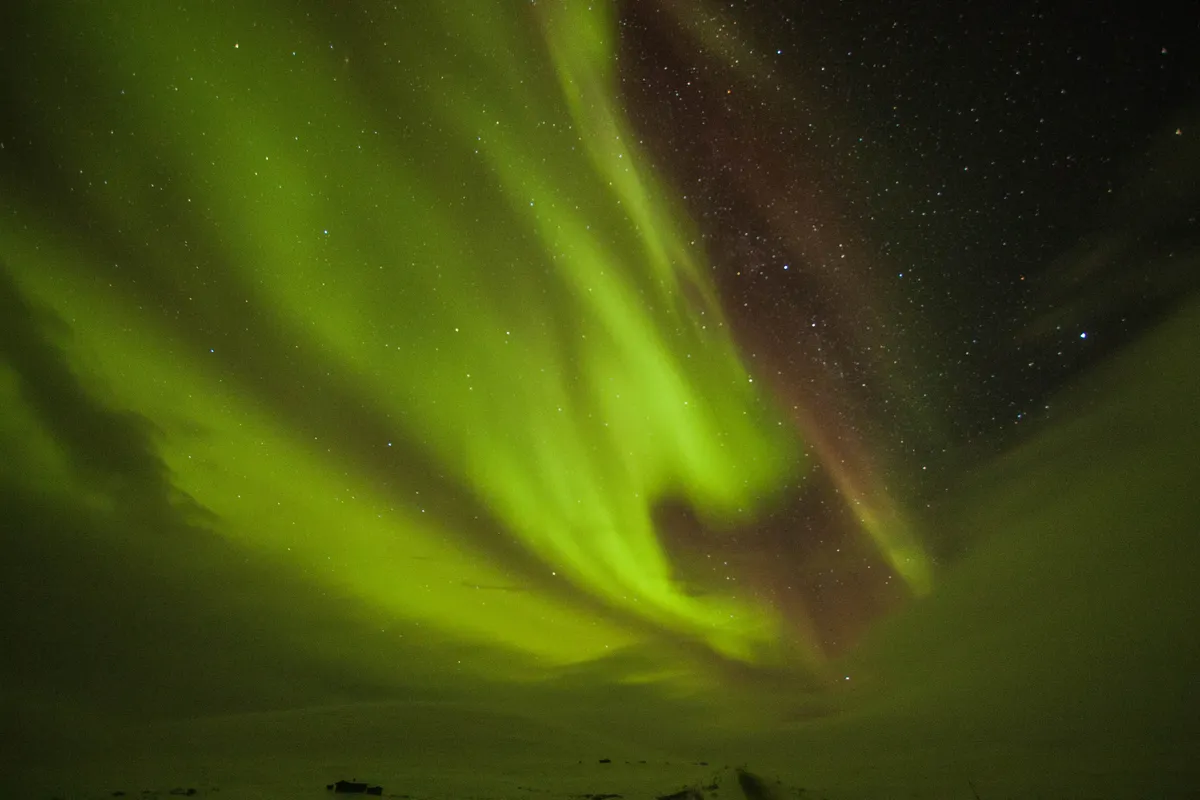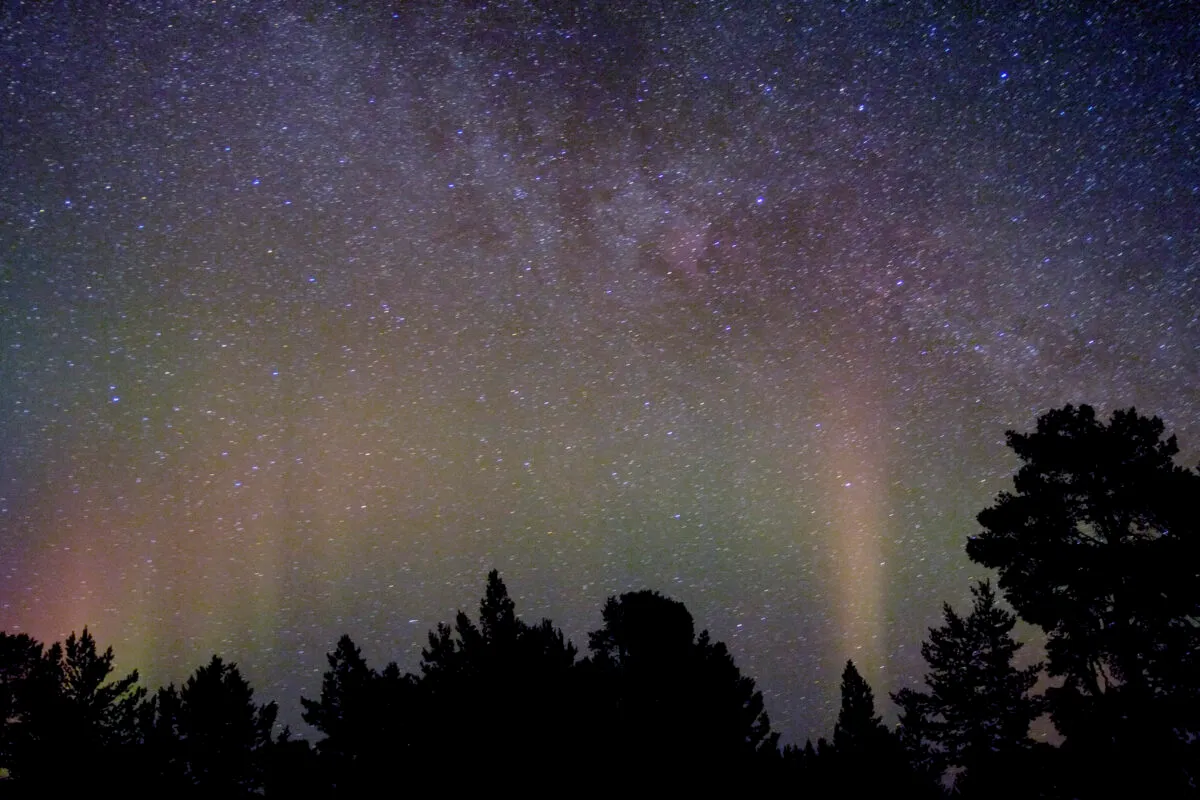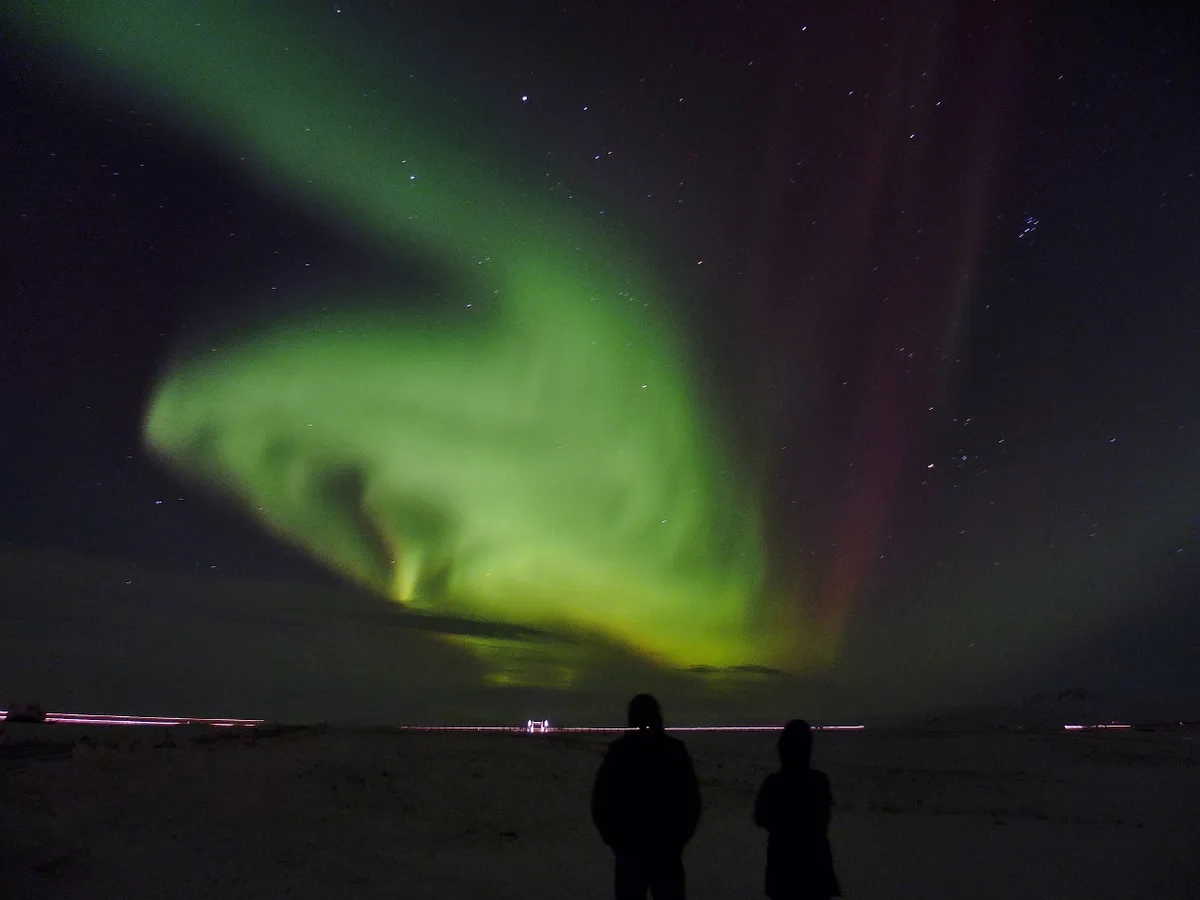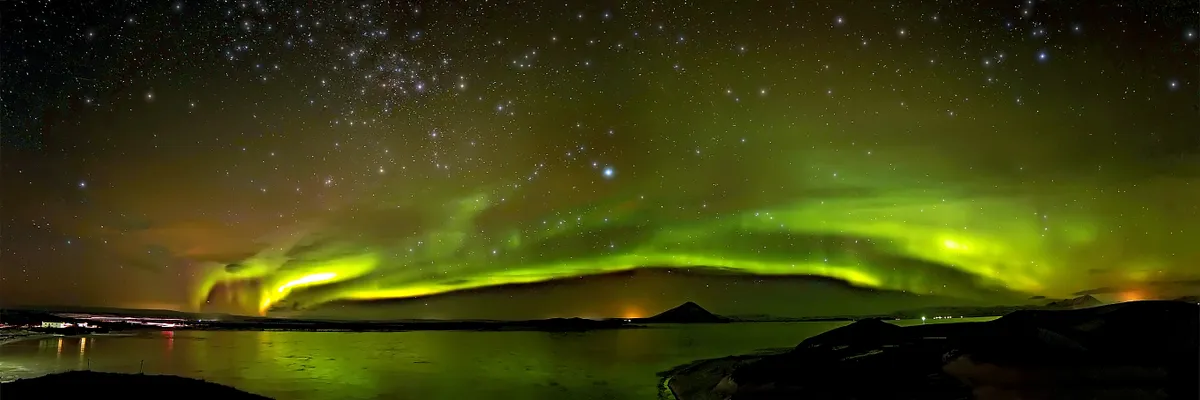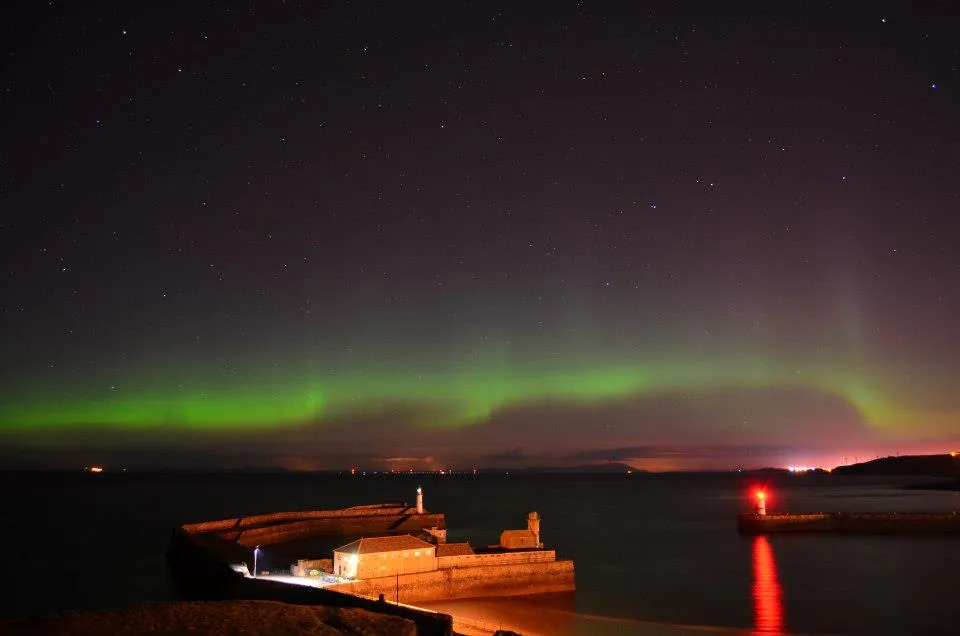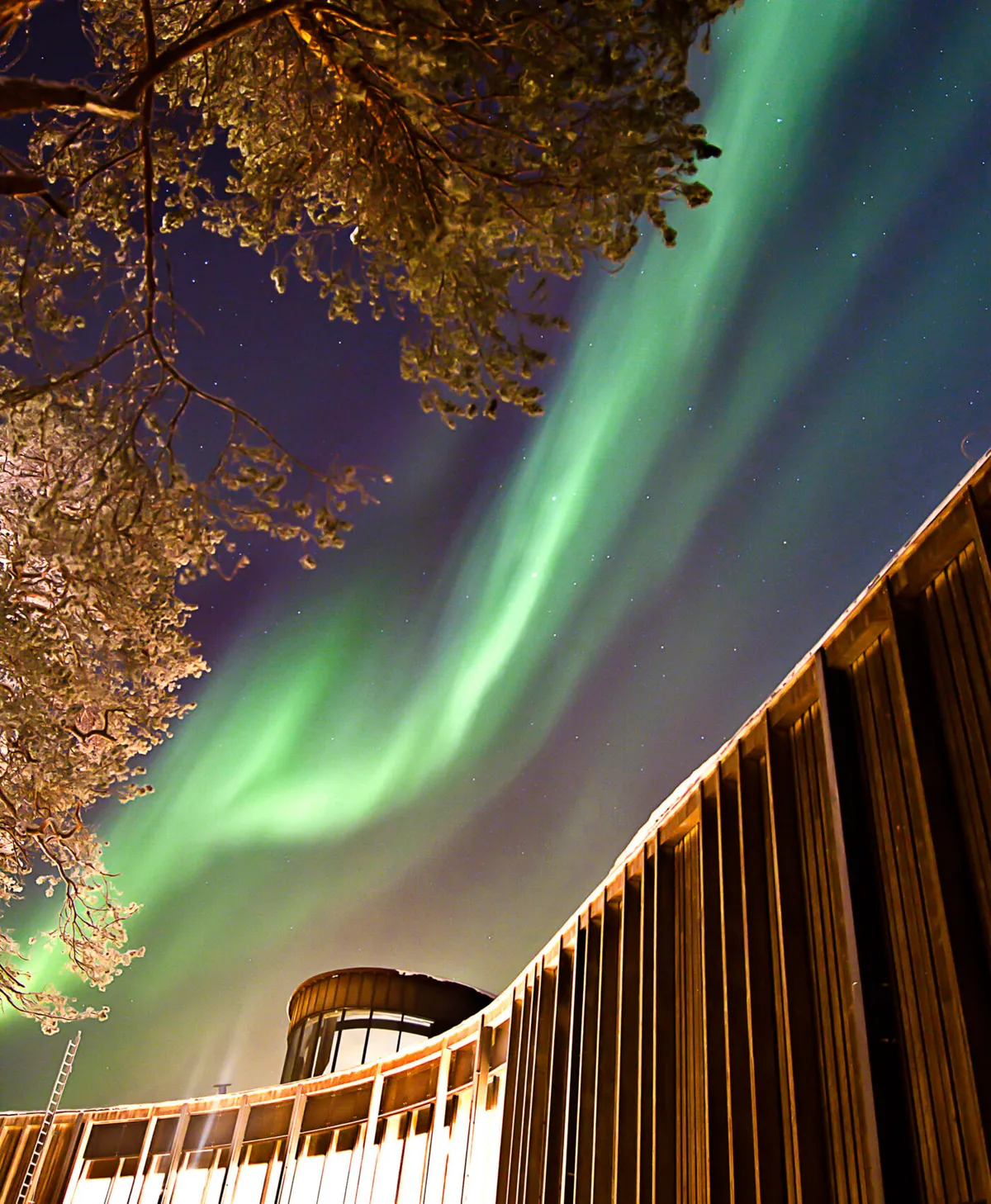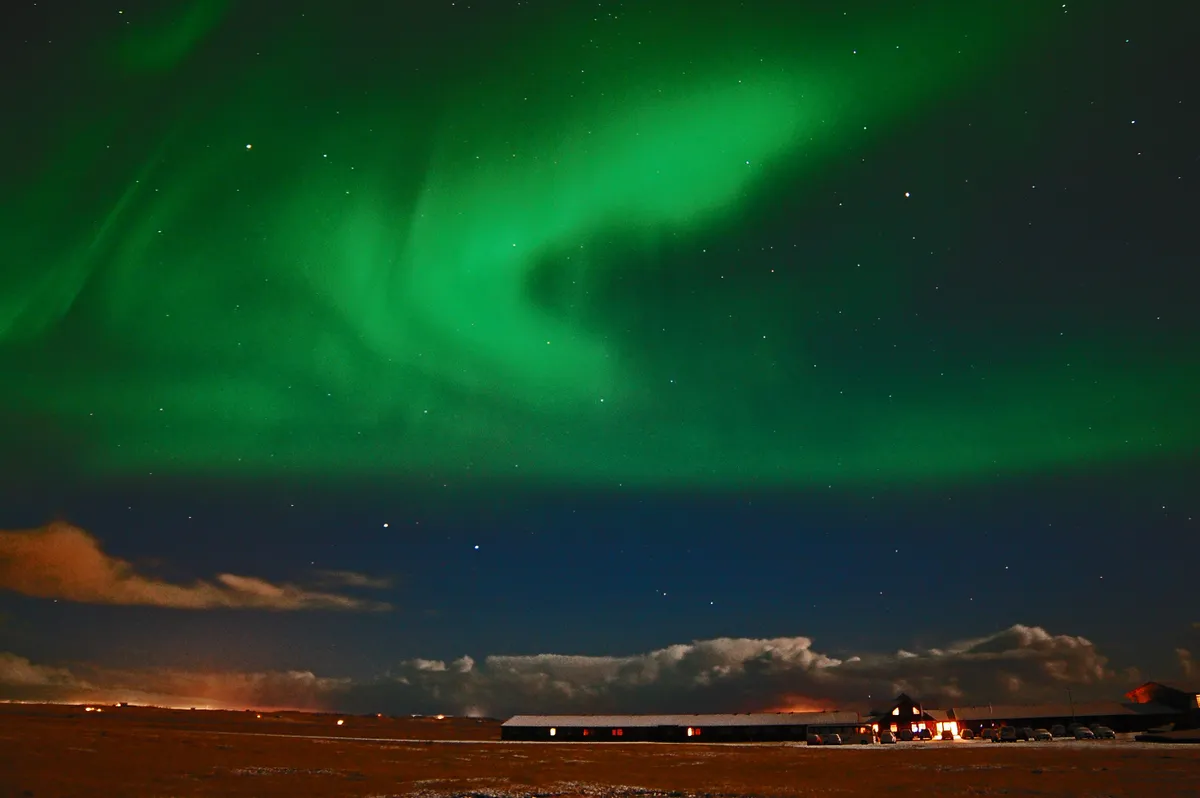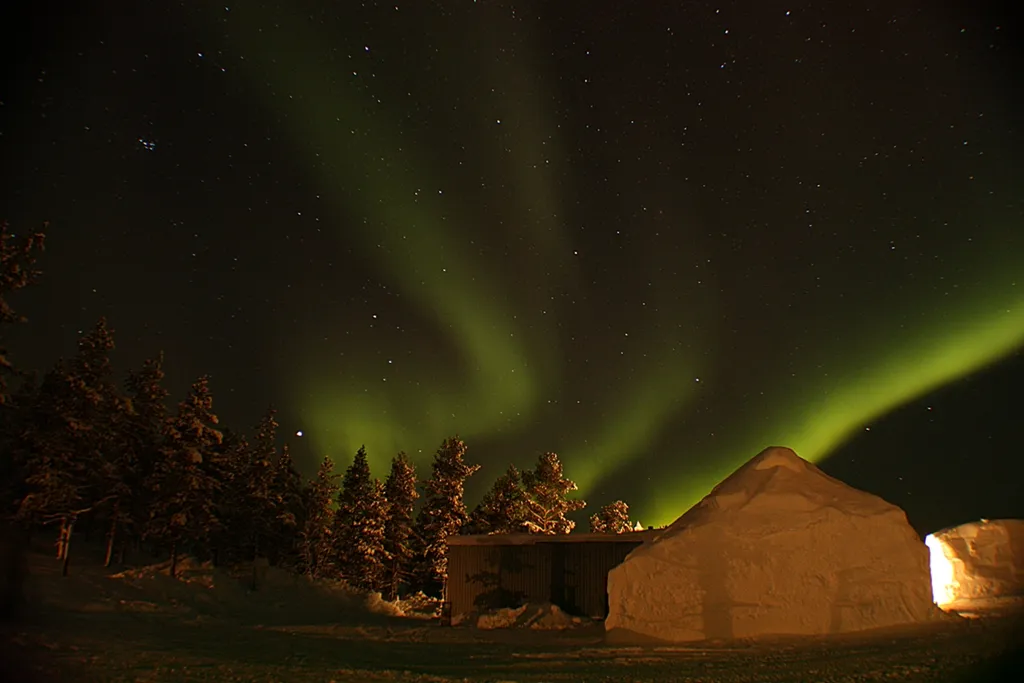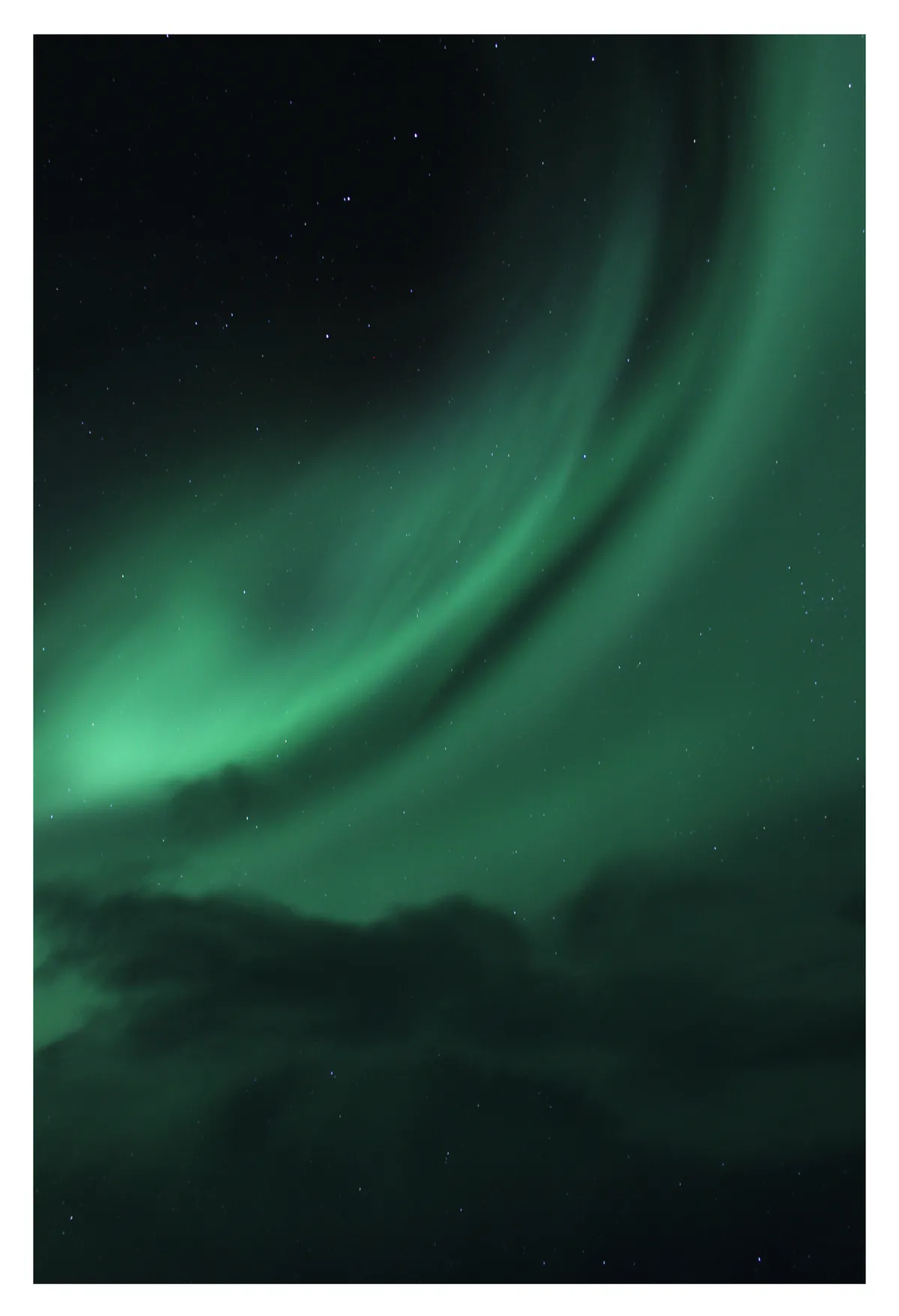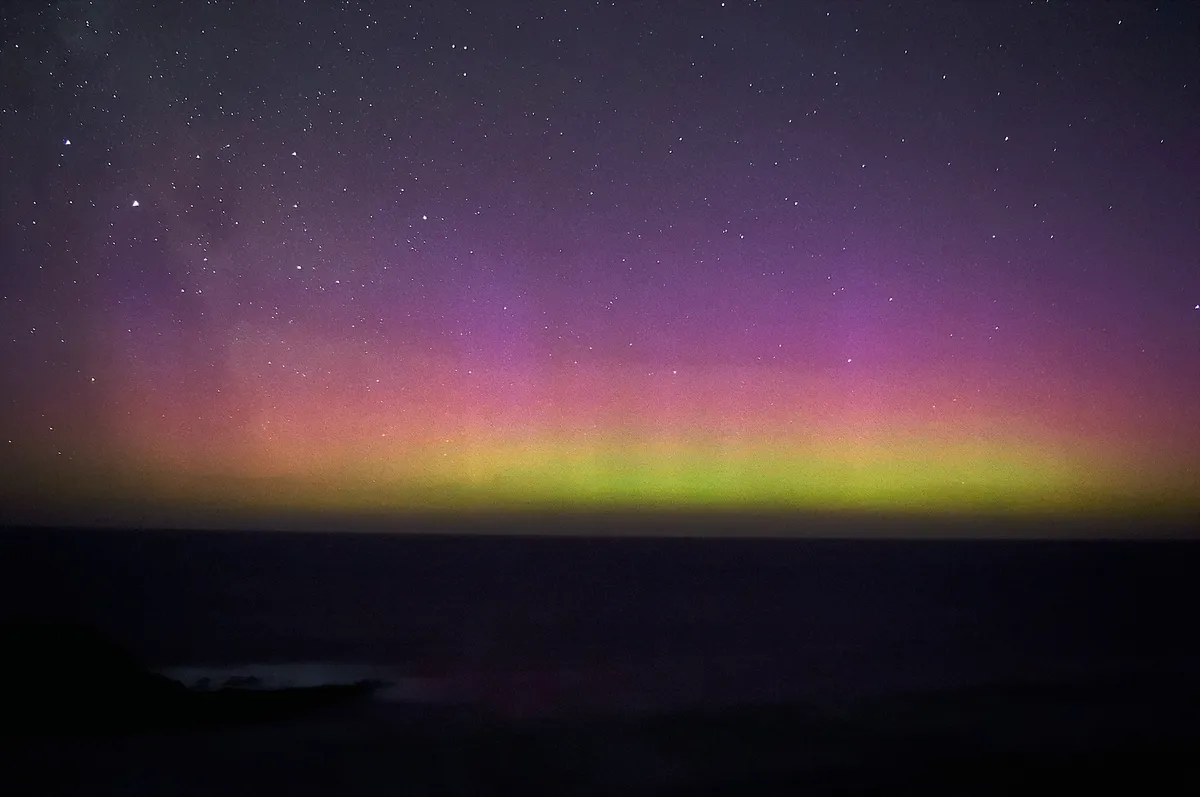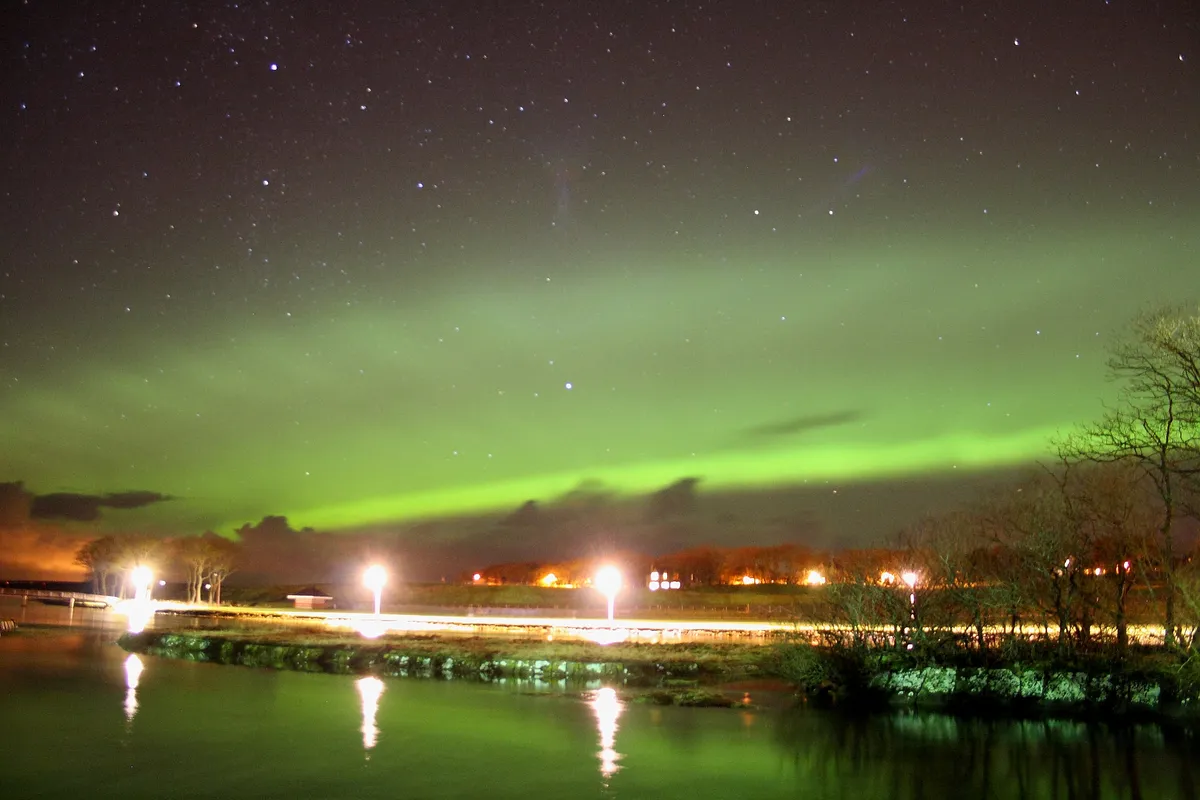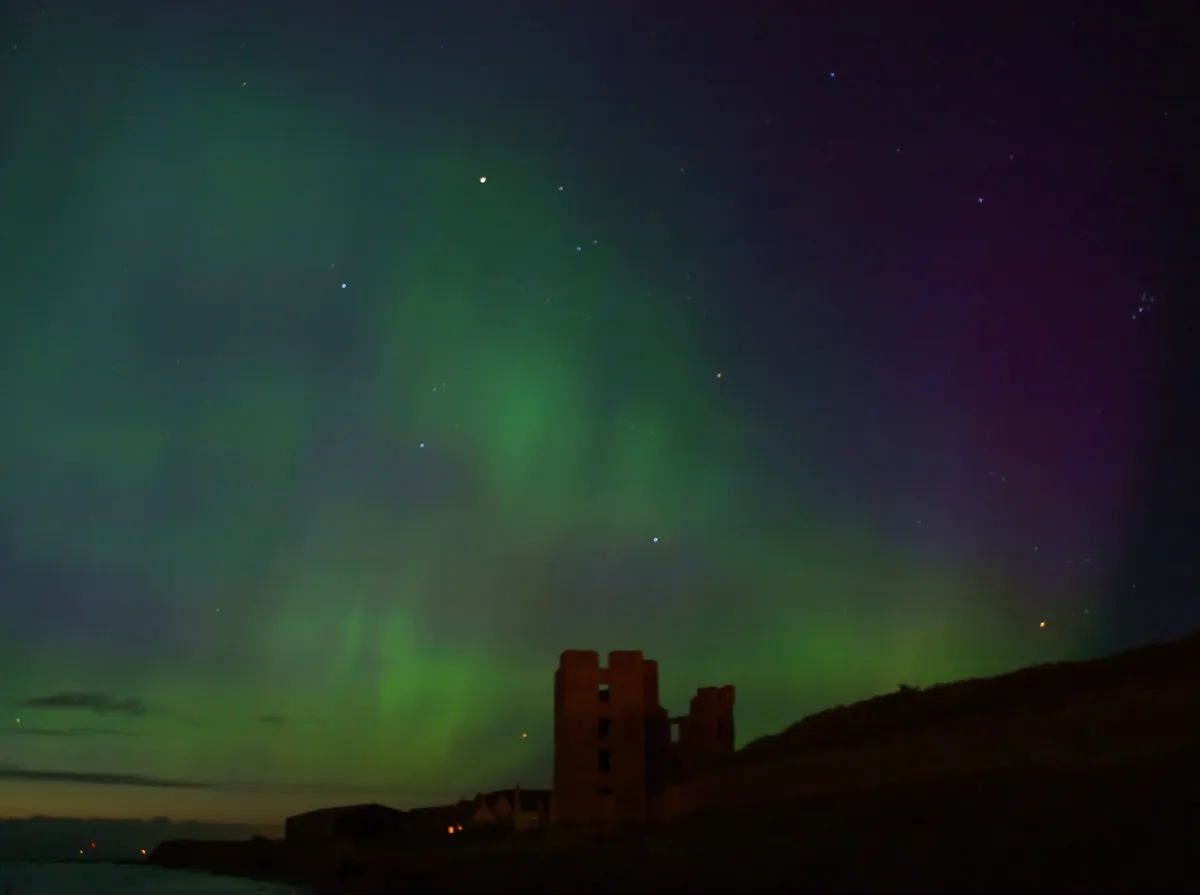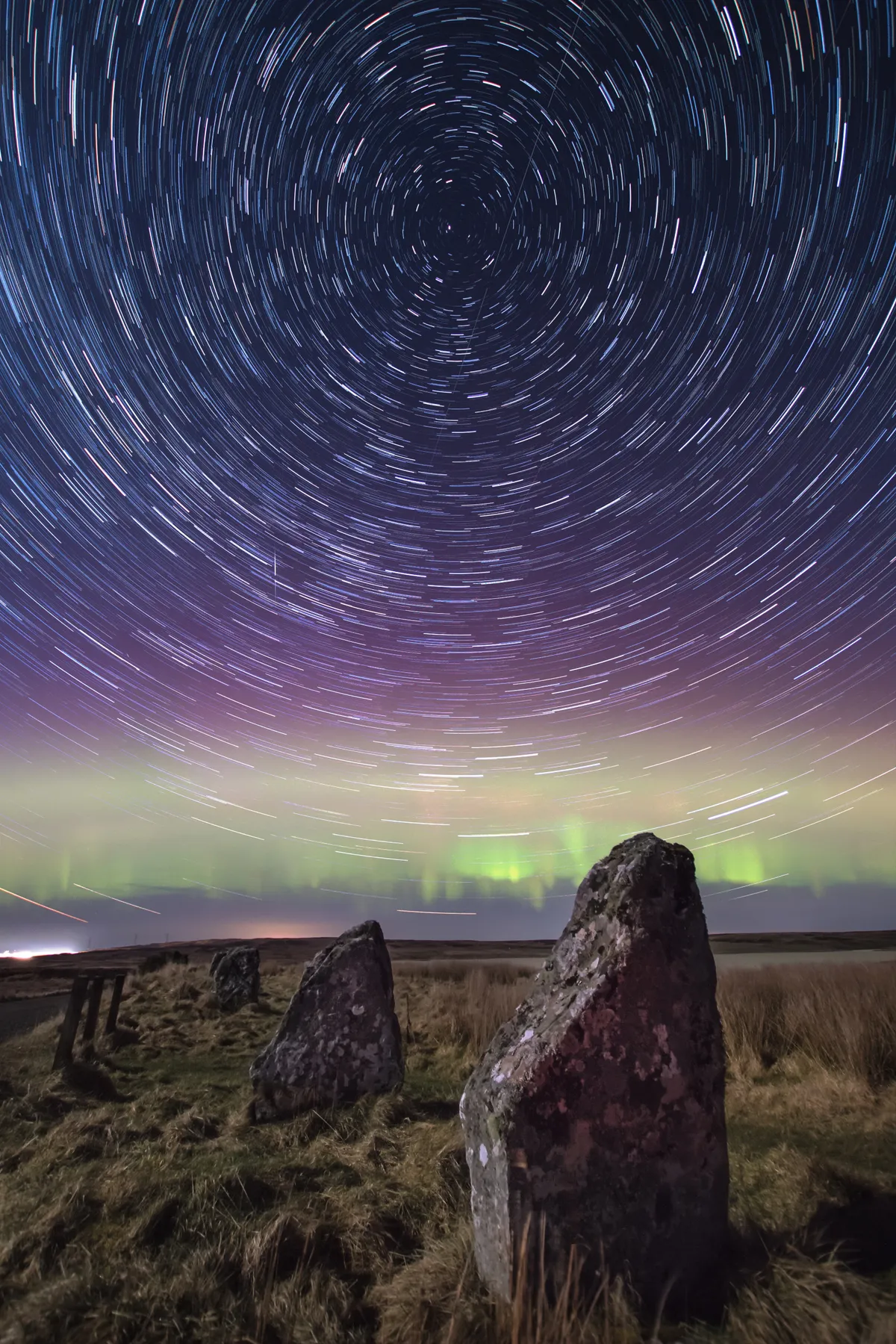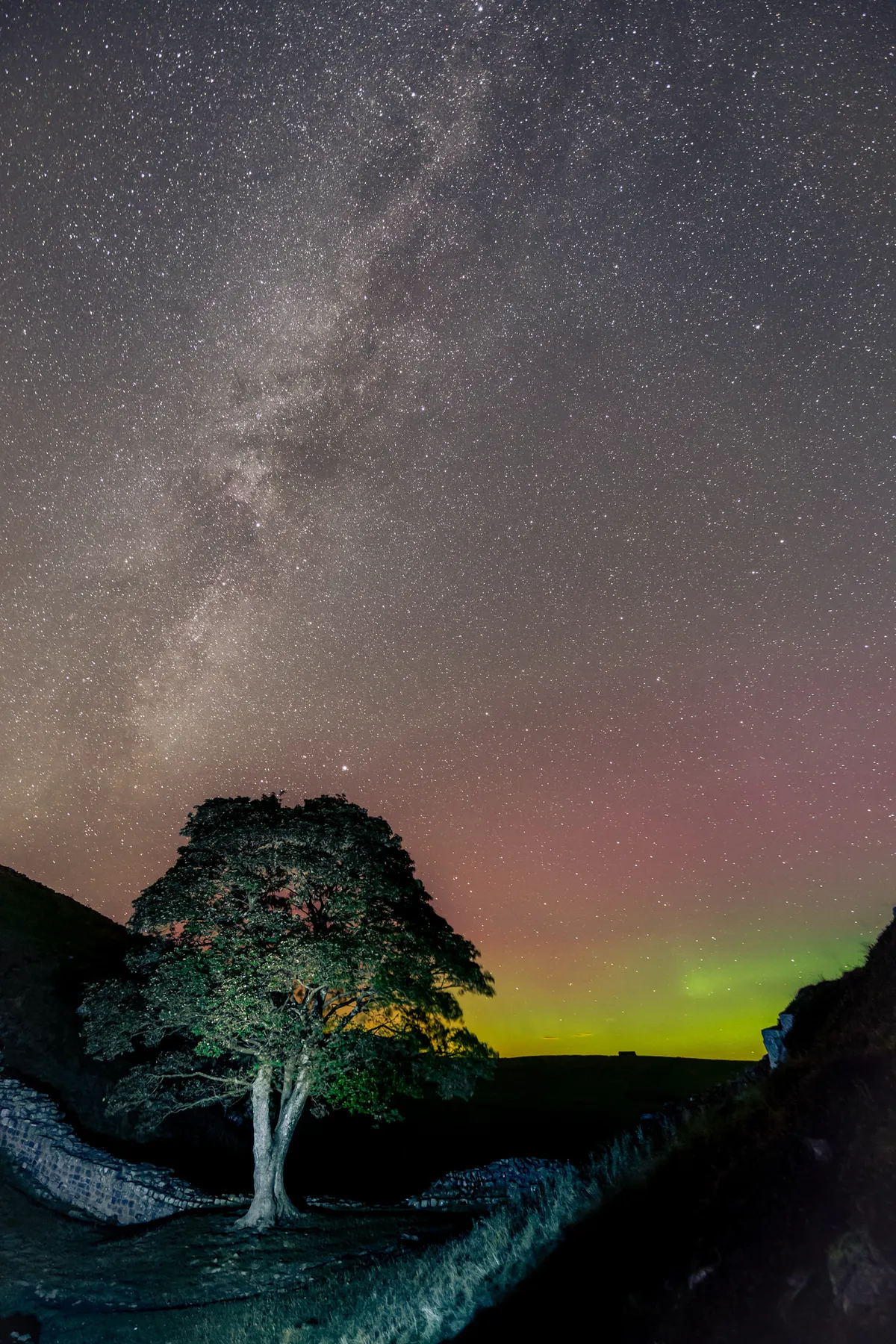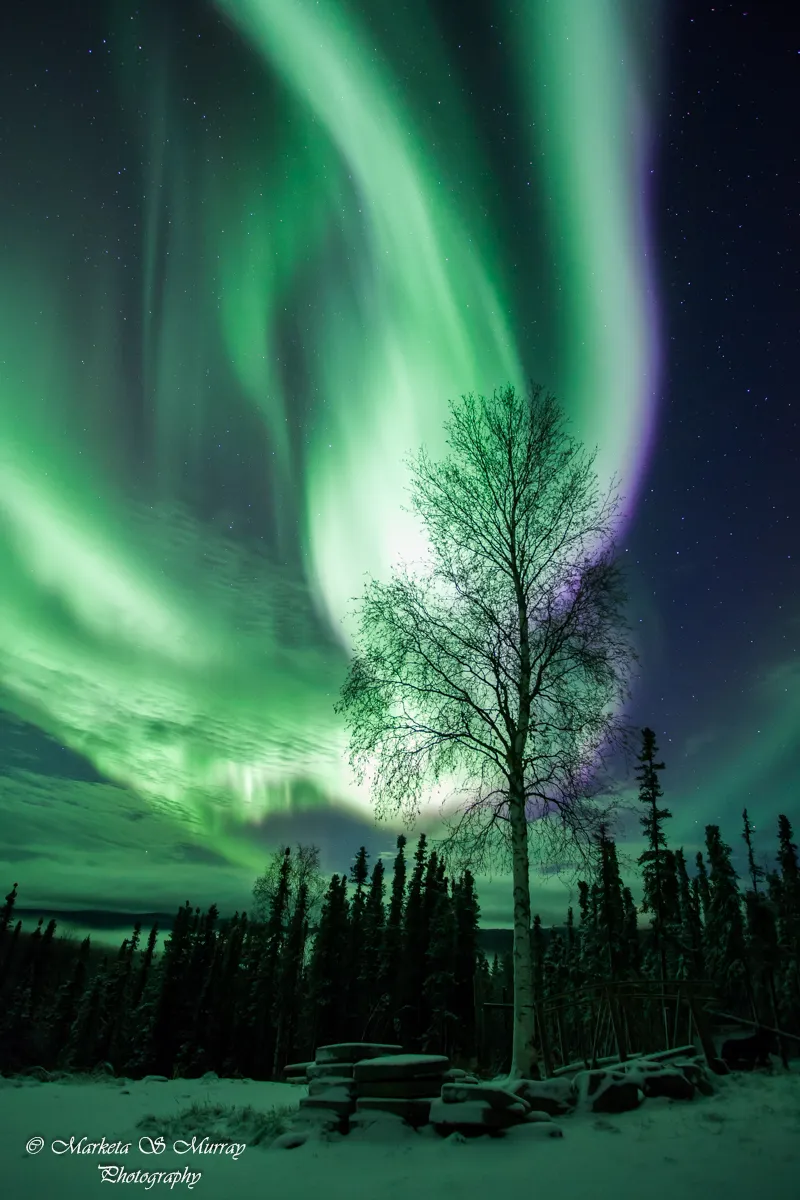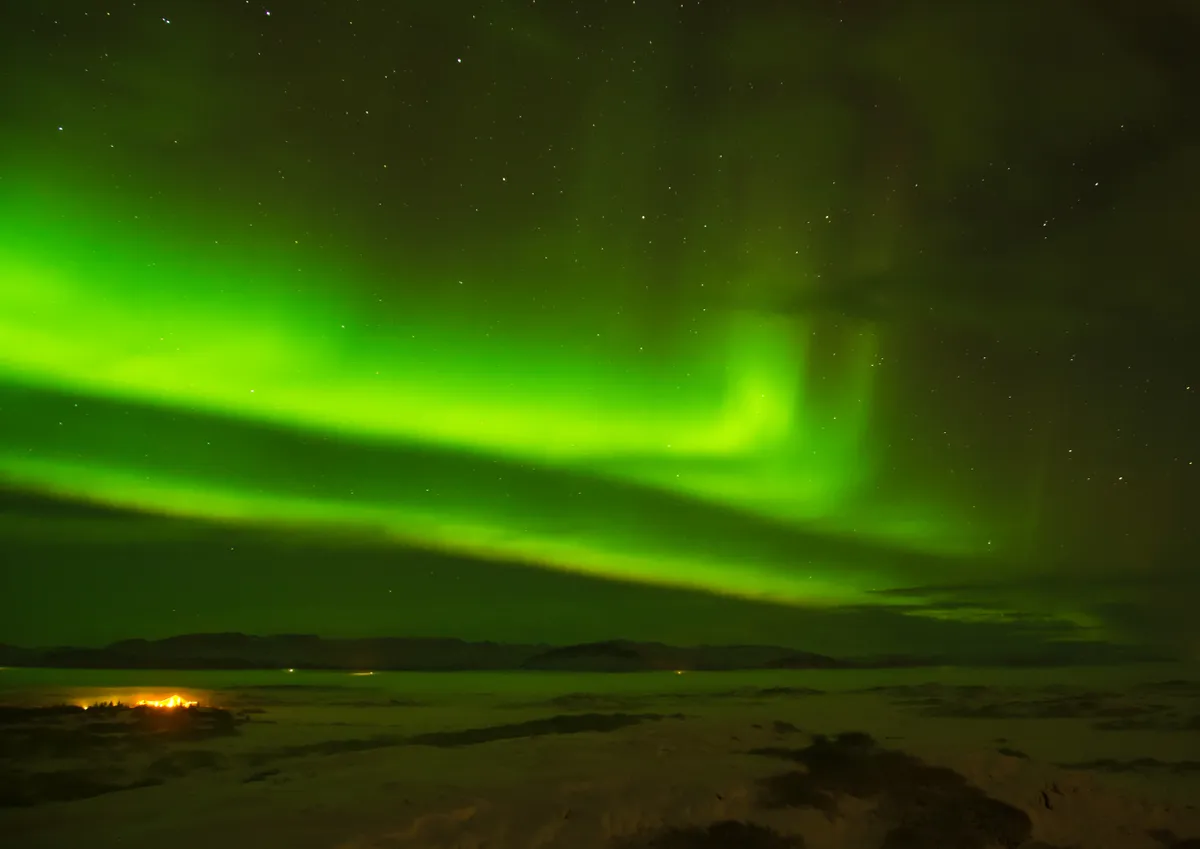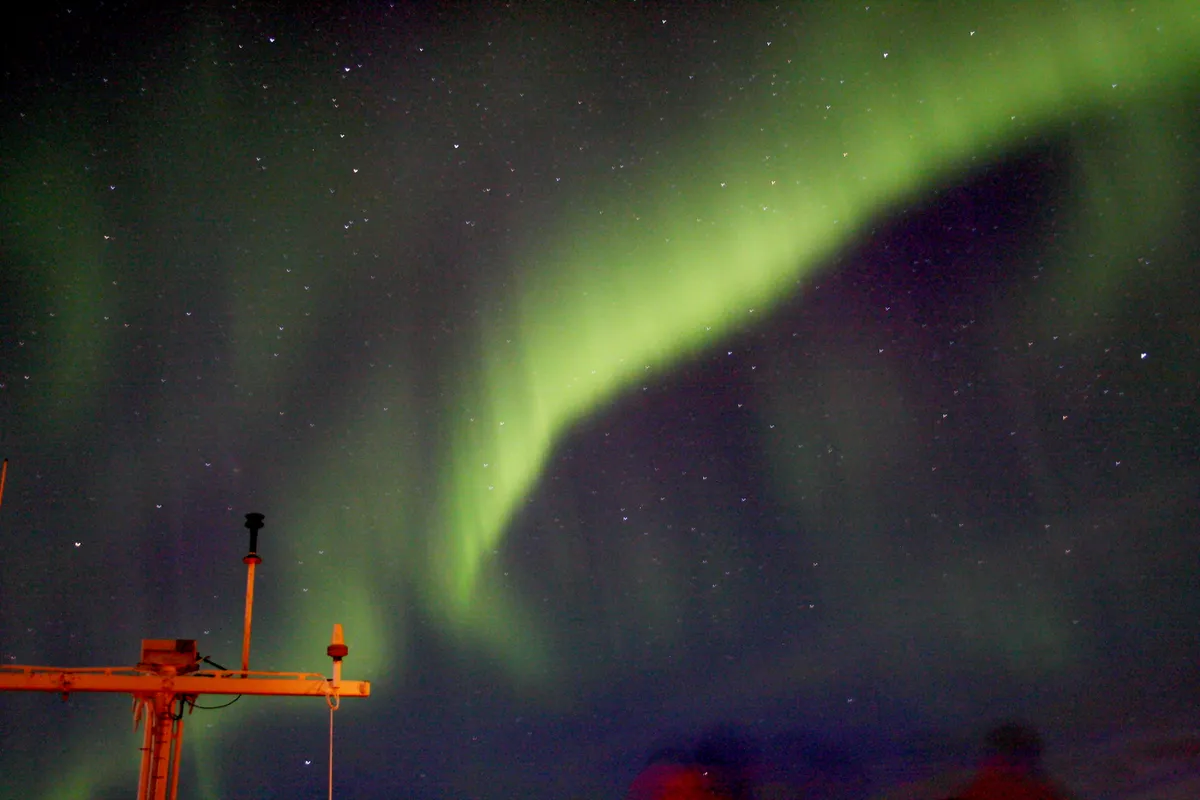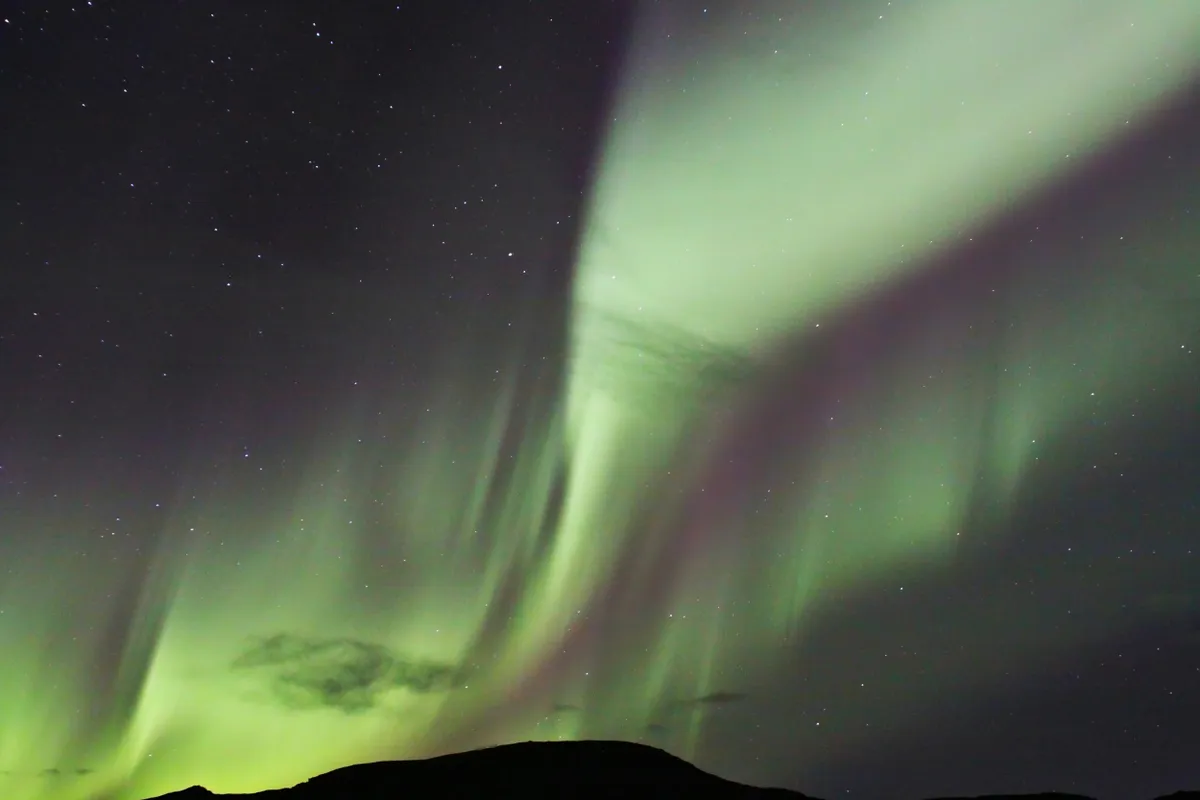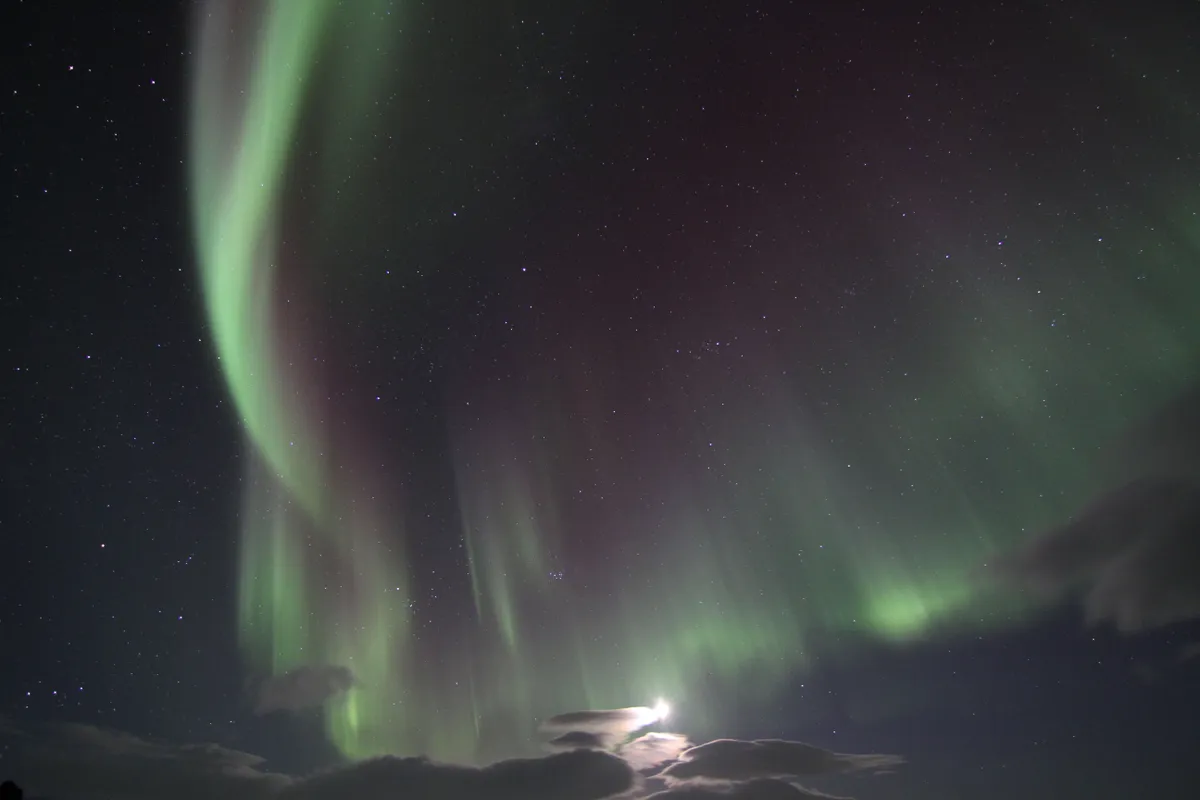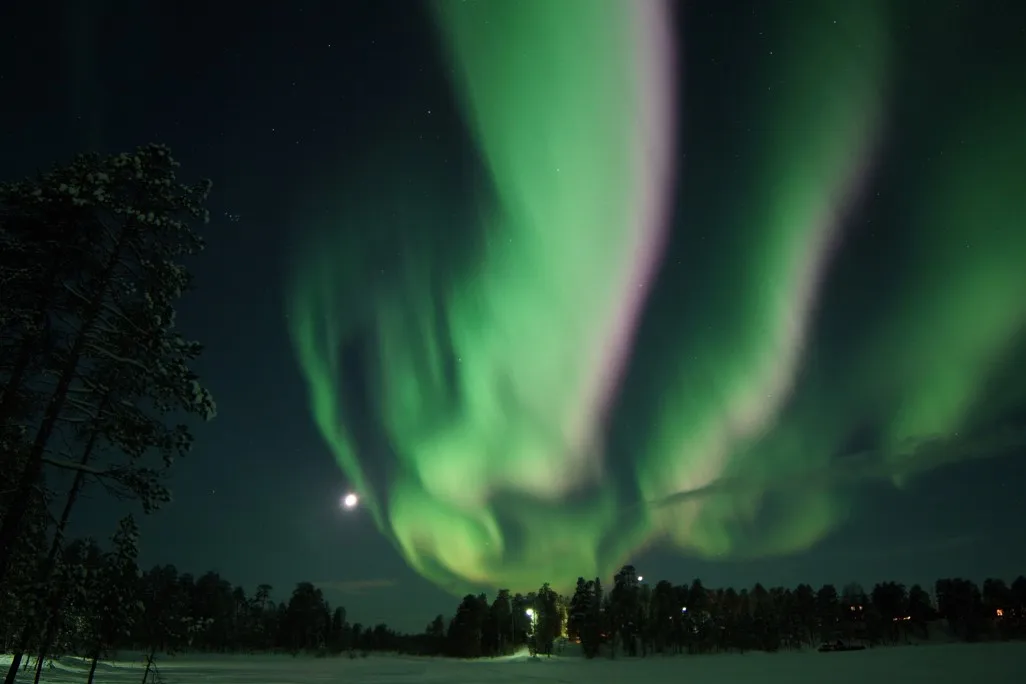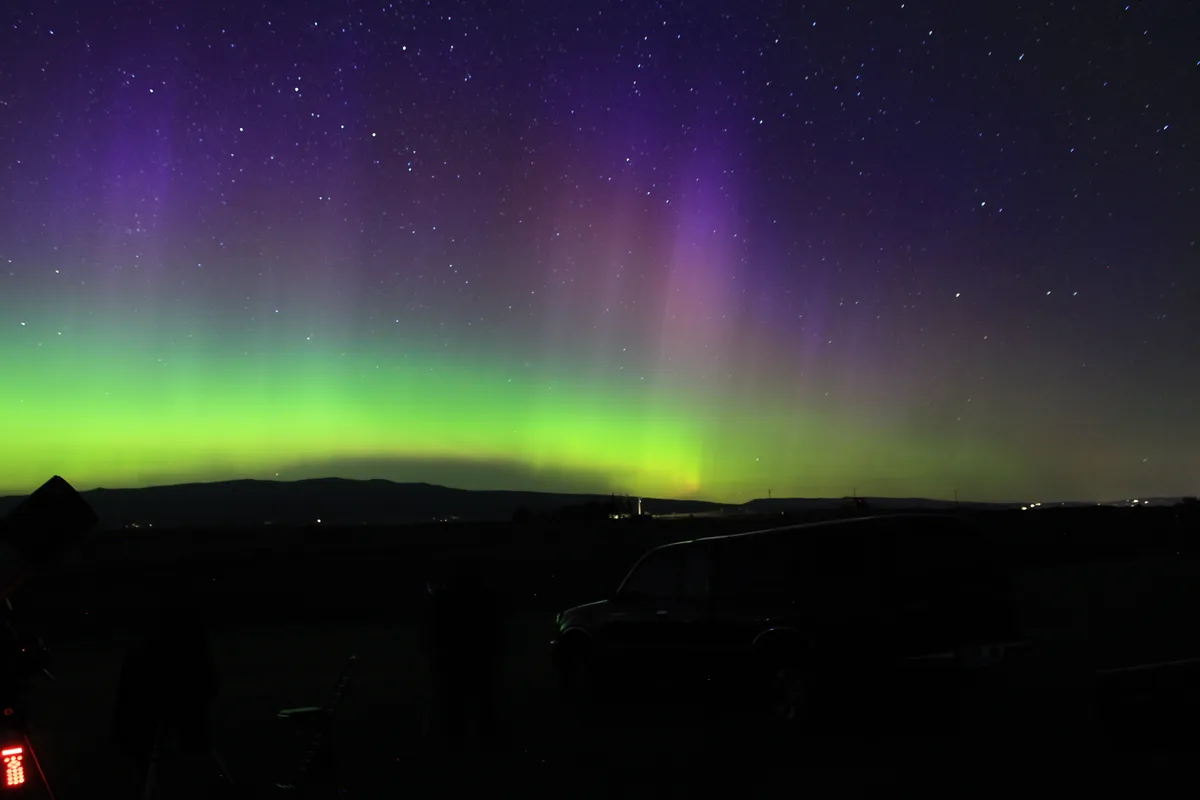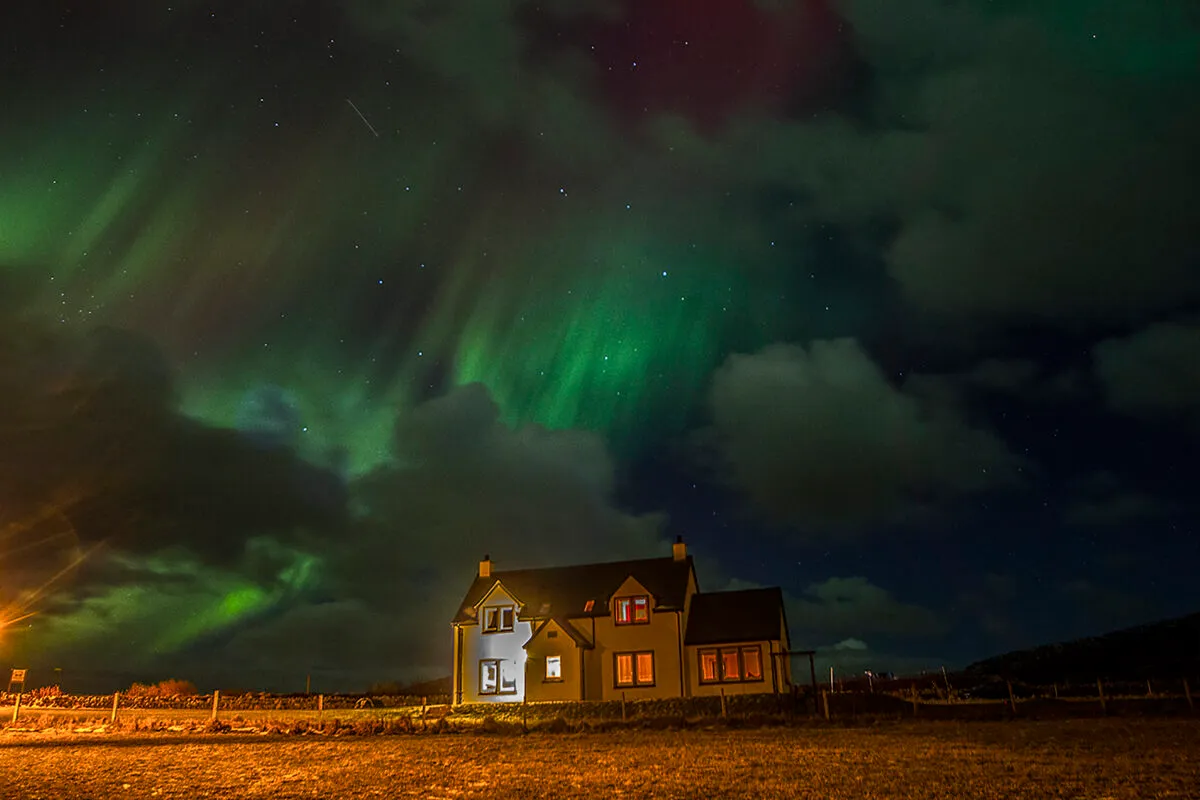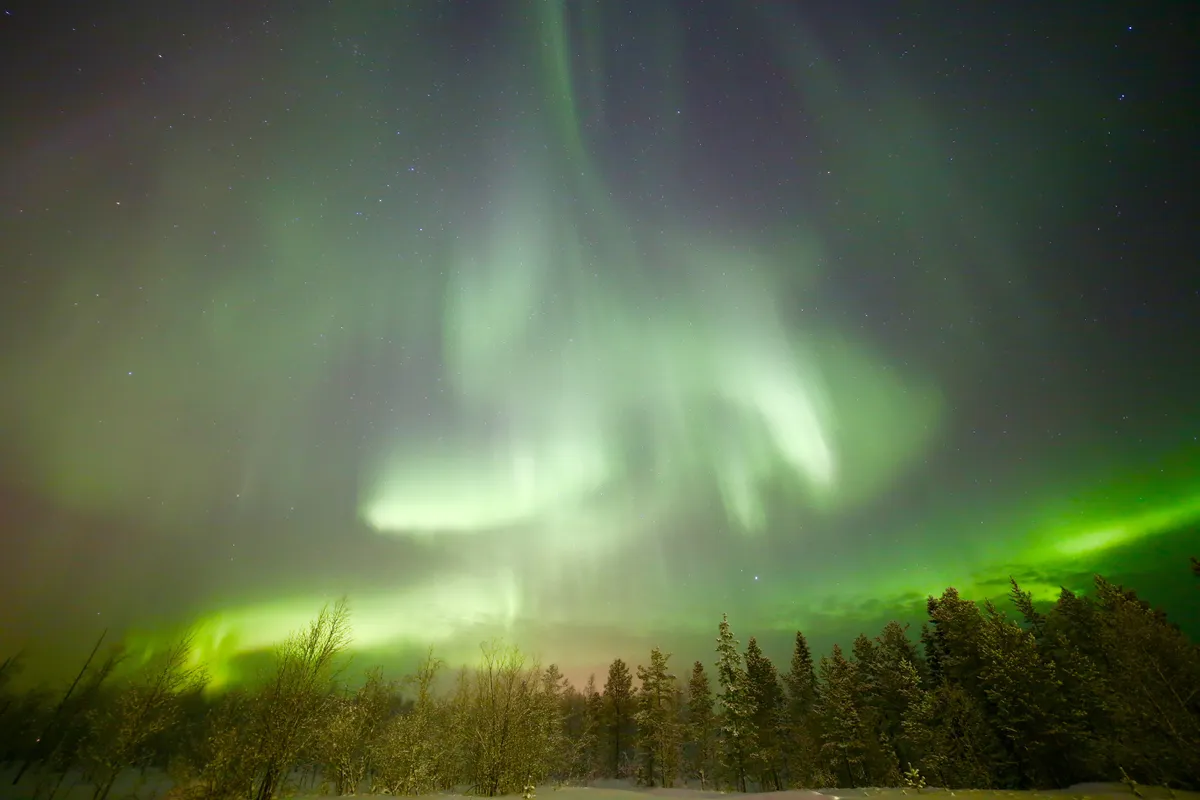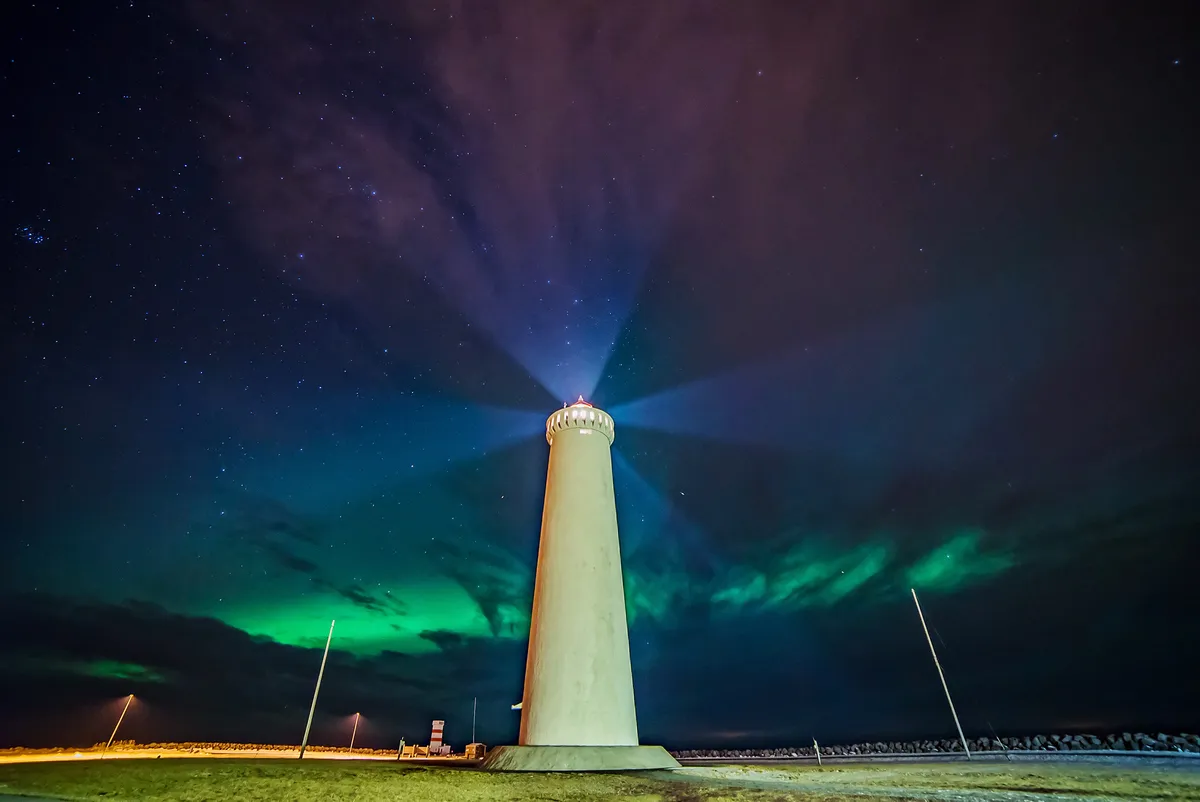Is it possible to see the Northern Lights without an organised tour group? I’ve been lucky enough to see them on a few occasions: I’ve travelled to Iceland and joined a busload of people following a fixed route, getting on and off a coach in order to catch a glimmer.
I’ve also had the chance to view the aurora from the air, again in Iceland, and watching the Northern Lights emerge as a glow on the horizon.
A few years ago I decided to try something new, heading to the Arctic on my own to hunt this magical phenomenon.
It’s easy to become overwhelmed with the number of tours on offer: Northern Lights tourism runs across the Arctic.
Tours have benefits such as the expertise of guides, getting to meet new people and so on.
But going it alone gives you the freedom to stay as long as you want in one particular place – you are not tied to a group after all – and travel to places that tourists don’t frequently go.
- How do you take photos of the aurora?
- A traveller's guide to aurora hunting
- Visiting Swedish Lapland for the Northern Lights
I journeyed to Finnish Lapland to start with, but also ended up venturing into Norway.
I spent some time with tour groups, but came across astronomers who had decided to forge paths away from the crowds.
Heading out alone is certainly not something to be done on a whim – it requires careful planning.
“Of course you are going to be naturally wary,” says astrophotographer Jamie Cooper, who I ran into in a hotel in the village of Inari.
Cooper is something of a veteran aurora hunter, having chased after the lights independently six times already.
“It’s really not as challenging as you think,” he says, though he does admit that for some stepping away from a group does mean leaving your comfort zone.
So what do you need to do in order to hunt the aurora alone?
The first things to decide are where you want to go and for how long: the more time you have away, the greater your chances of seeing the Northern Lights. I spent just over a week in the Arctic.
Try not to be seduced by advertising campaigns from your possible destinations; you need to think about what you really want out of your trip.
For scenery Norway is great, but the climate means it’s likely to be cloudier. Iceland offers lots of winter activities in addition to aurora chasing, but it’s not as far north.
Look around for somewhere that will provide everything you want out of your trip.
Arranging your travel well in advance will give you more time to plan your adventure and look for deals.
That said, there is some value in waiting until the last minute to book – that way you can check the weather forecast for where you plan to go and then grab a last-minute flight when conditions are favourable.
One critical thing in either case, Cooper advises, is to check the phase of the Moon for when you plan to travel.
“A full Moon is too bright and can swamp out your photos, whereas a first quarter Moon throws light back onto the scenery,” he explains.
Your three biggest costs will be flights, accommodation and car hire.
I flew from Heathrow to Ivalo, a village to the south of Inari, which cost around £300 for a return ticket.
The flight included an overnight stop in Helsinki, which added roughly £80 for a hotel.I also spent about £50 per night on accommodation in Inari itself.
When it comes to cars, Cooper recommends hiring a 4x4; if you book in advance these cost roughly £500-£1,000 a week.
In general, Scandinavian countries aren’t cheap and you will need to cater for daytime activities.
Tours often include these as part of the package, but as an independent traveller you’ll have to budget for them separately.
You don’t have to break the bank: for Cooper, the day was spent scouting out locations to photograph the aurora later that night.
Likewise, on my trip, I didn’t take in many of the traditional Nordic activities, such as husky sledding.
Personally, being in a foreign landscape was exciting enough and if your trip is more about the aurora borealis than anything else you will save money.
Once you start your car and start following the cloud breaks, you don’t know where the night is going to take you. It’s an experience money can’t buy.
The scariest thing about this sort of trip is being in a remote region without a tour guide.
Inari resembles Narnia, with snow-covered trees and vast landscapes. Magical as it may seem, you can’t help but feel apprehensive when you first set out.
There are a lot of reindeer roaming free and the thought of one of those crossing your path is a salient reminder of the already treacherous driving conditions.
Preparation is everything. Having the correct clothing – such as warm coats, thermals and boots – is crucial too.
On my trip the overnight temperature dropped to –30°C. You need to research what the conditions might be like when you are away.
Make sure you know the local emergency numbers and have breakdown cover, and let someone know where you are going before you head out.
Pack everything from a torch to blankets, spare clothes, water and food.
All that said, once you’ve taken suitable precautions the rewards are there for the taking.
“If you go on a tour you lose control” says Cooper. “If you are on your own it’s a unique experience”.
And if you want unique photos, this is where going it alone comes into its own – you return with your own shots, not similar pictures to others in a group.
Before you head out, it is a good idea to scan the skies to look for the best breaks in the cloud. Then it’s a case of getting in your car and following the breaks.
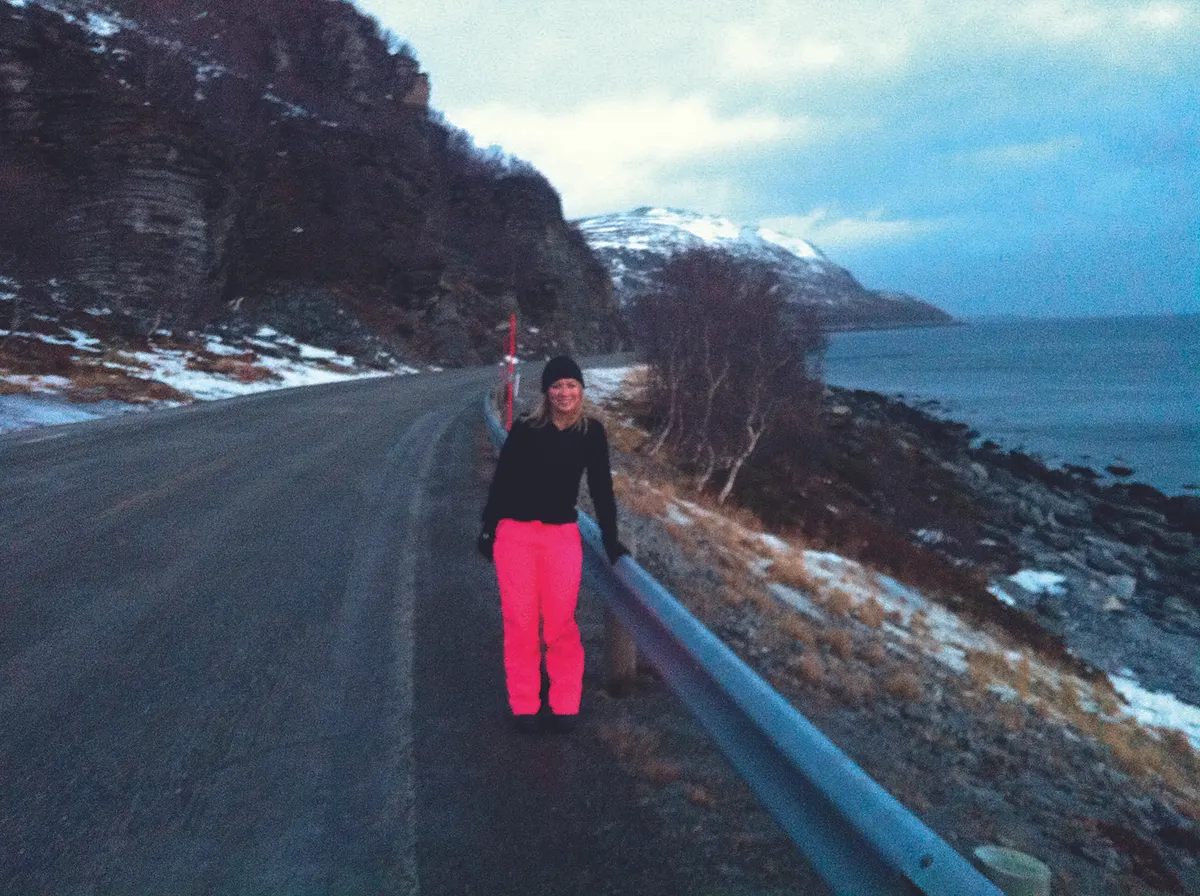
I first saw the aurora in Inari, watching it slowing build up over a bridge my travel companion and I had pulled over on.
Luckily I had packed my passport, because the aurora chase then took us over the border into Norway.
My second encounter of the night was seeing the Northern Lights rise above the mountainous landscape while standing next to a collection of bins at a layby.
Not the most pleasant thing to be next to, but seeing the aurora over the mountains, so far away from the tours and the crowds, was a truly unforgettable experience.
Later that night we learnt the value of packing the boot for all eventualities – we were forced to sleep in the car, having ventured too far, before returning home.
Going it alone is certainly not something to be taken lightly.
Of course, there are reasons that so many people opt for tours – you’re not going to have such easy access to local knowledge, for one thing.
Even so, by far the greatest thing I got out of being away from the groups was a true sense of adventure.
Once you start your car and start following the cloud breaks, you just don’t know where the night is going to take you. It’s an experience that money can’t buy.
Cooper describes the first time he saw the Northern Lights on a solo trip as magical.
“I don’t have the words to explain it,” he says. “The sense of satisfaction, knowing all your research and hard
work has paid off.”
Six aurora-chasing tips
1
Decide where to go
Before booking anything, have a think about what you want out of your trip. That will help you to decide on your destination.
2
Do your research
Once you’ve settled on a region, work out when and where you want to go to look for aurorae. Also find out where you can safely drive.
3
Dress for the occasion
Obviously it’s going to be cold, so make sure you layer up and invest in appropriate footwear. Carry a spare pair of socks and gloves as well.
4
Pack well
Blankets, high-energy foods, fluids, a torch and a first aid kit are essentials for when you’re out and about. A fully charged mobile phone is also vital.
5
Plan for the worst
Let someone know where you are going and jot down the emergency services number for the country you are in. Check you have breakdown cover.
6
Carry your passport
Chasing the aurora across the Arctic could easily take you out of one country and into another, so make sure you pack your passport.
This article originally appeared in the August 2013 issue of BBC Sky at Night Magazine. Sarah Cruddas is a space journalist and broadcaster.
